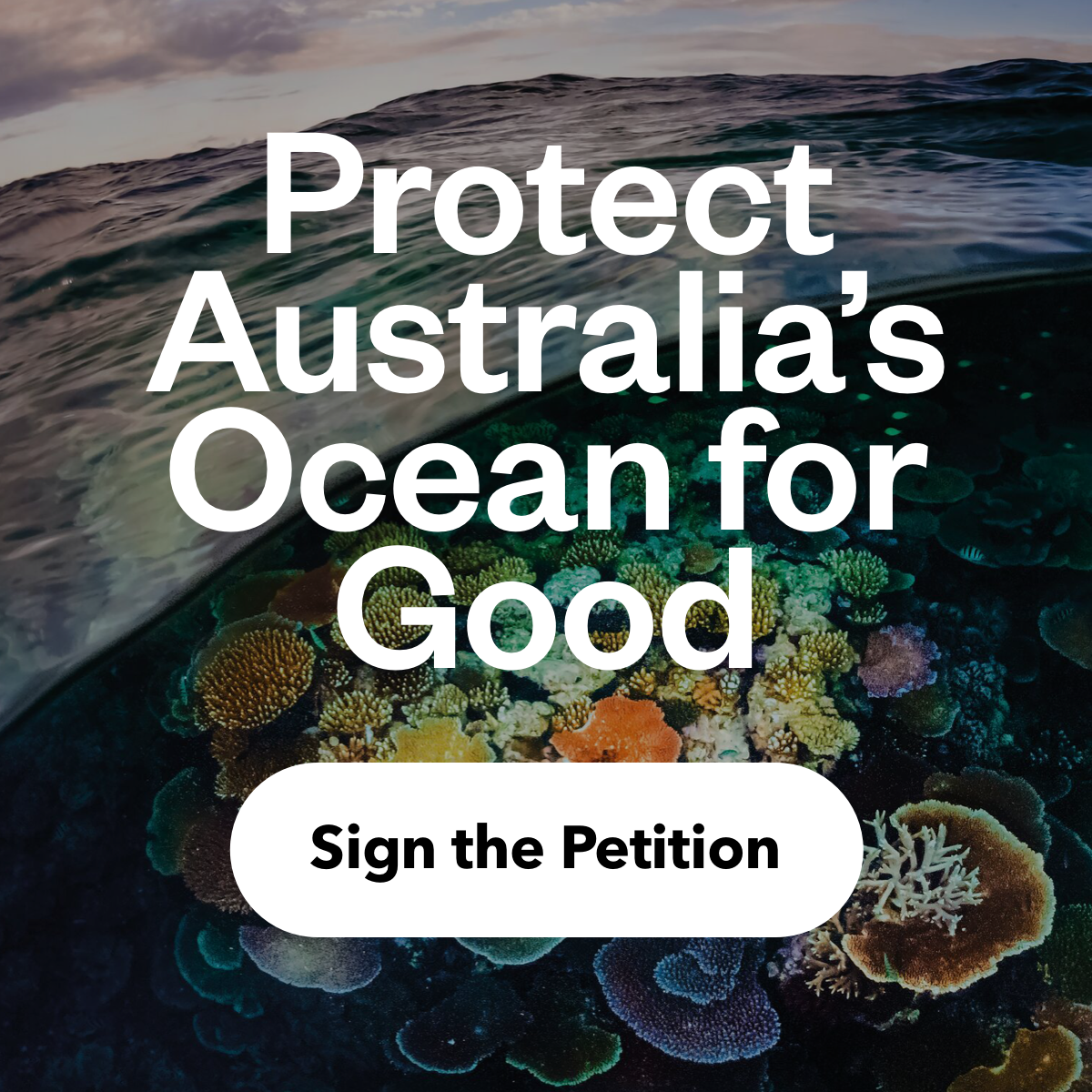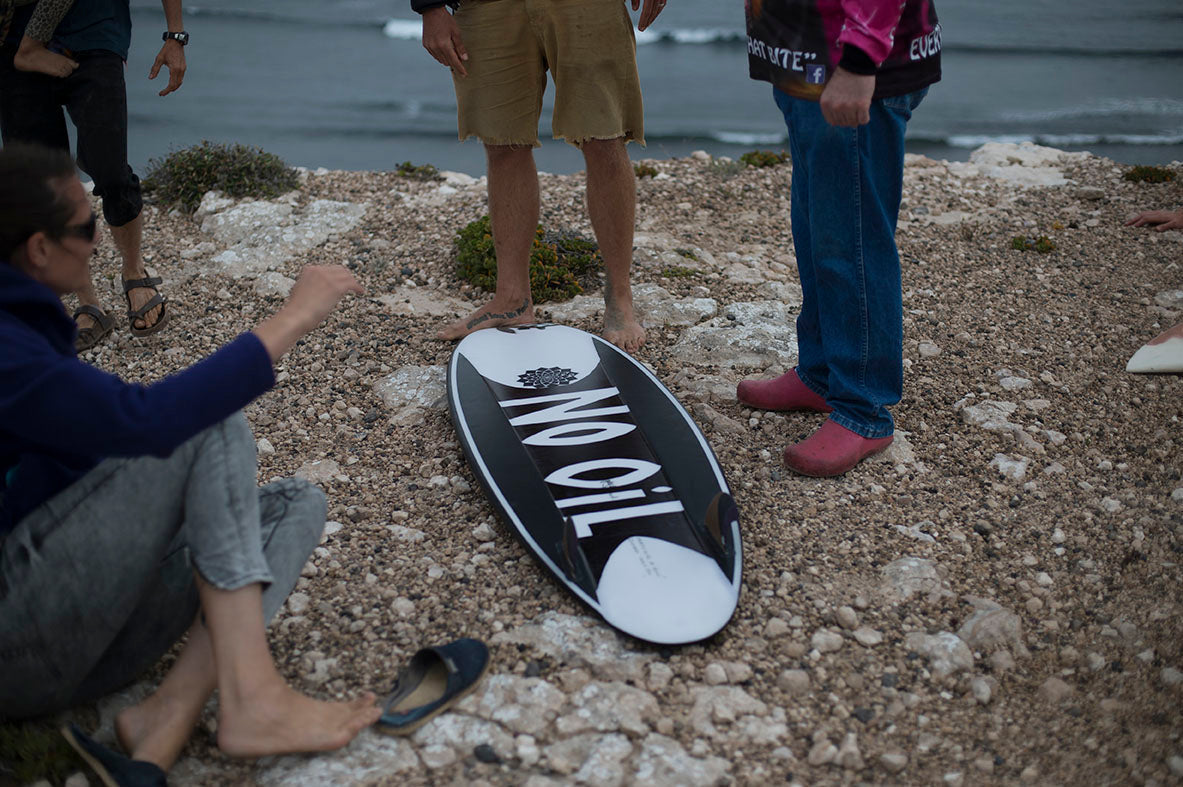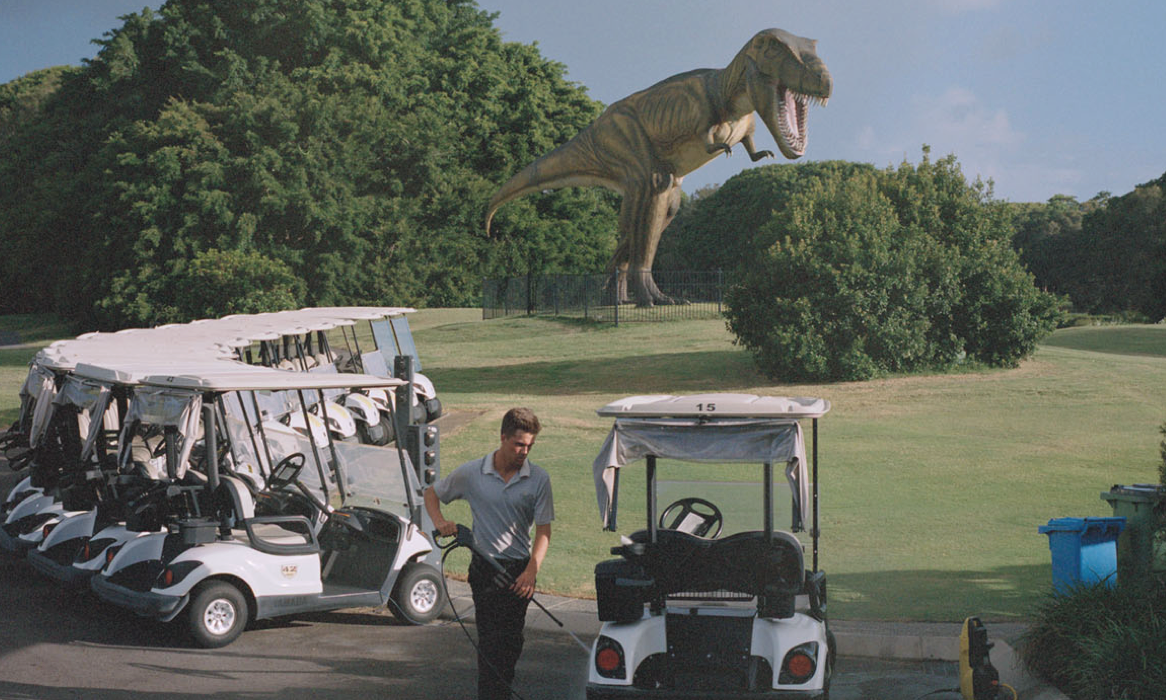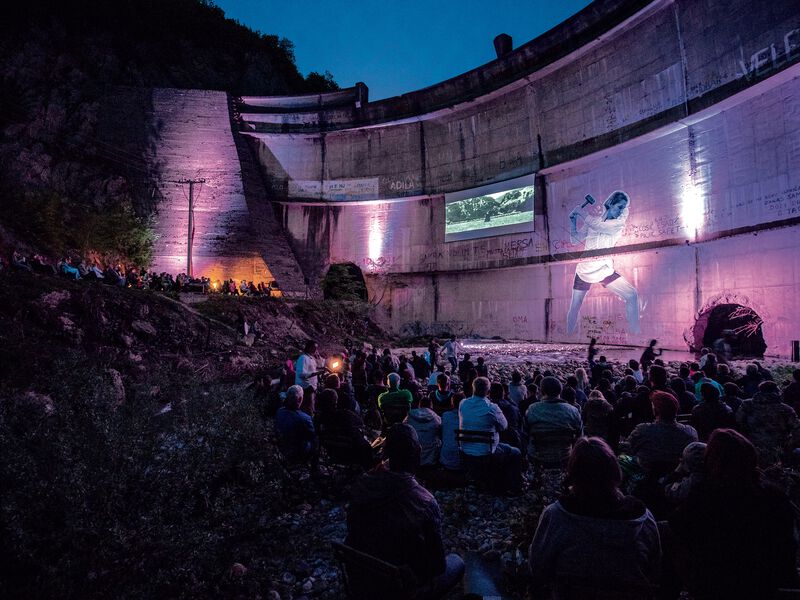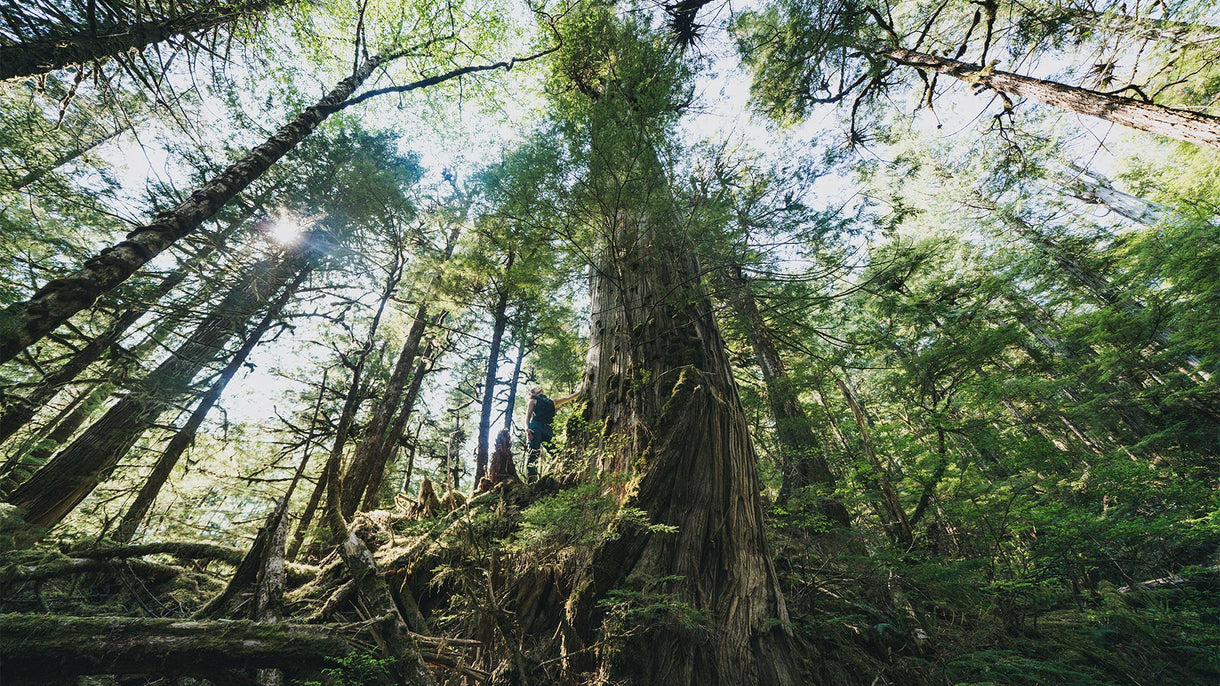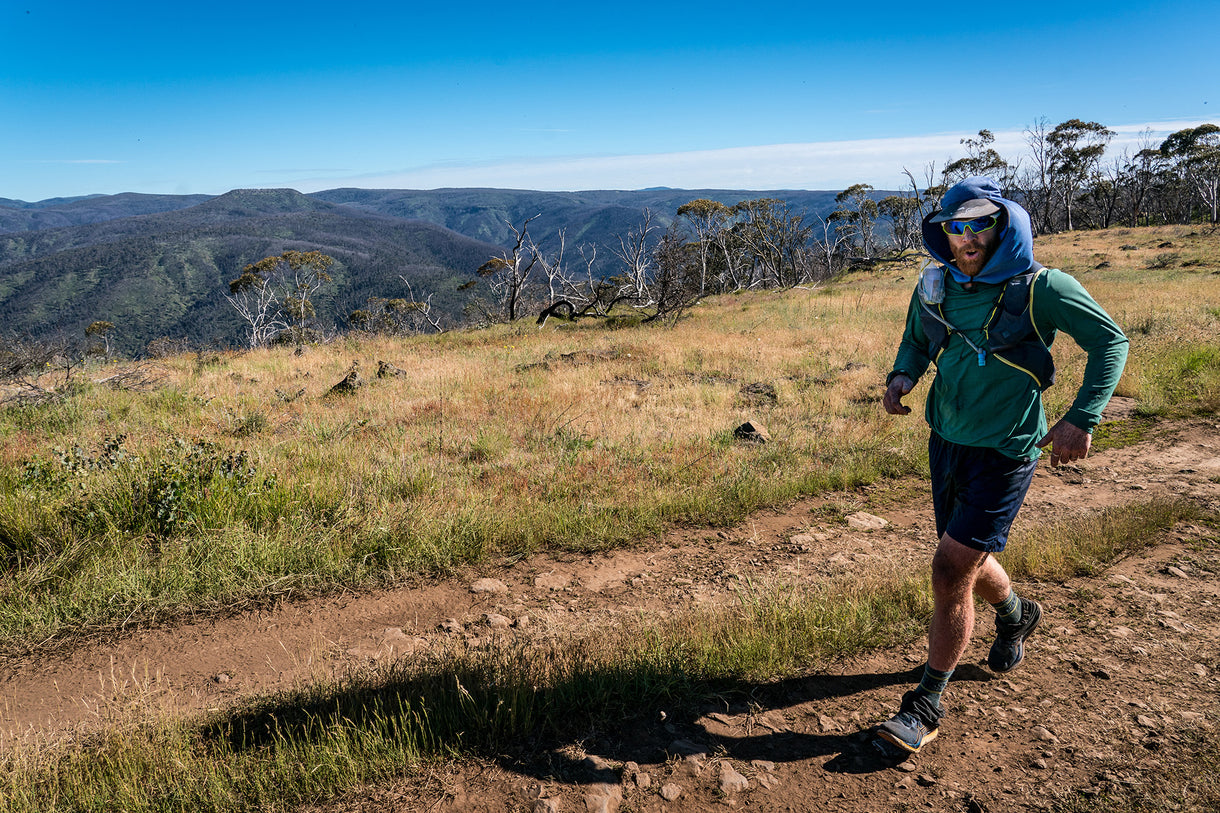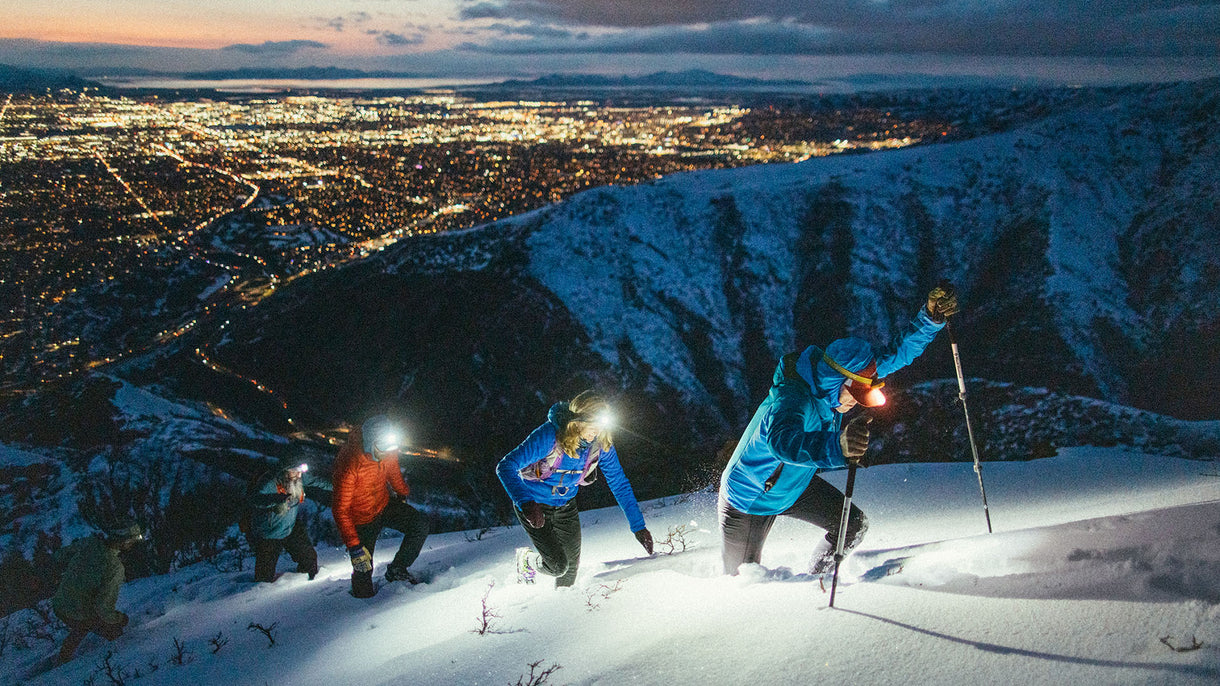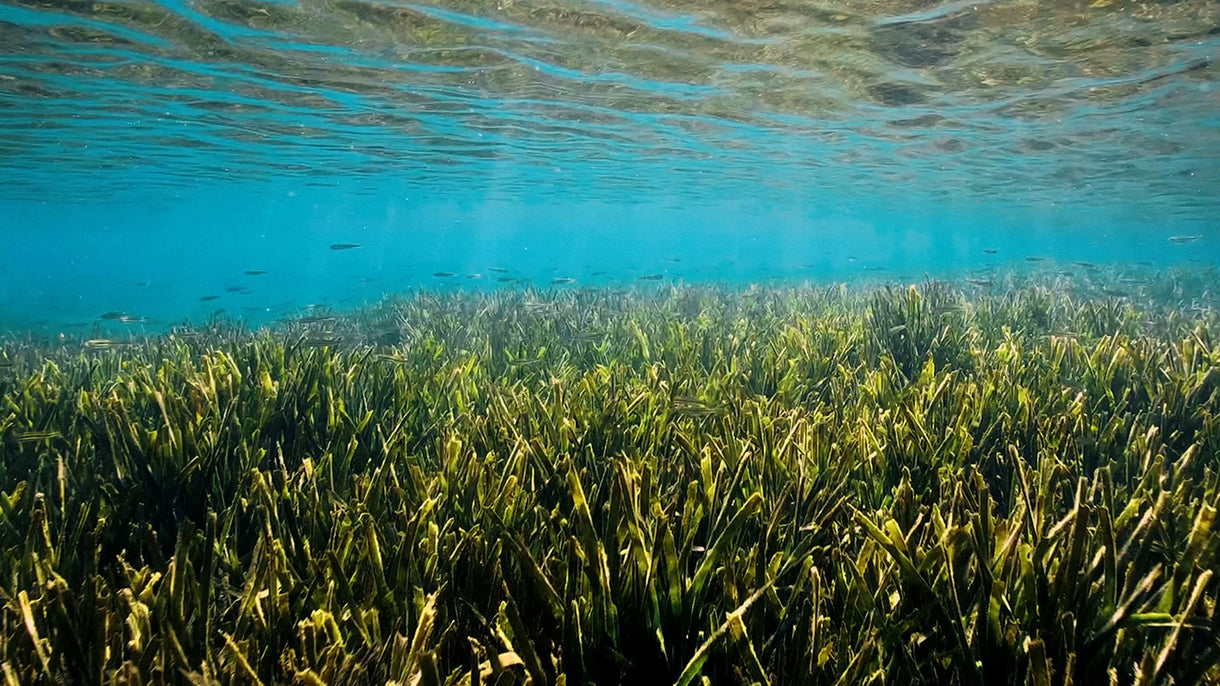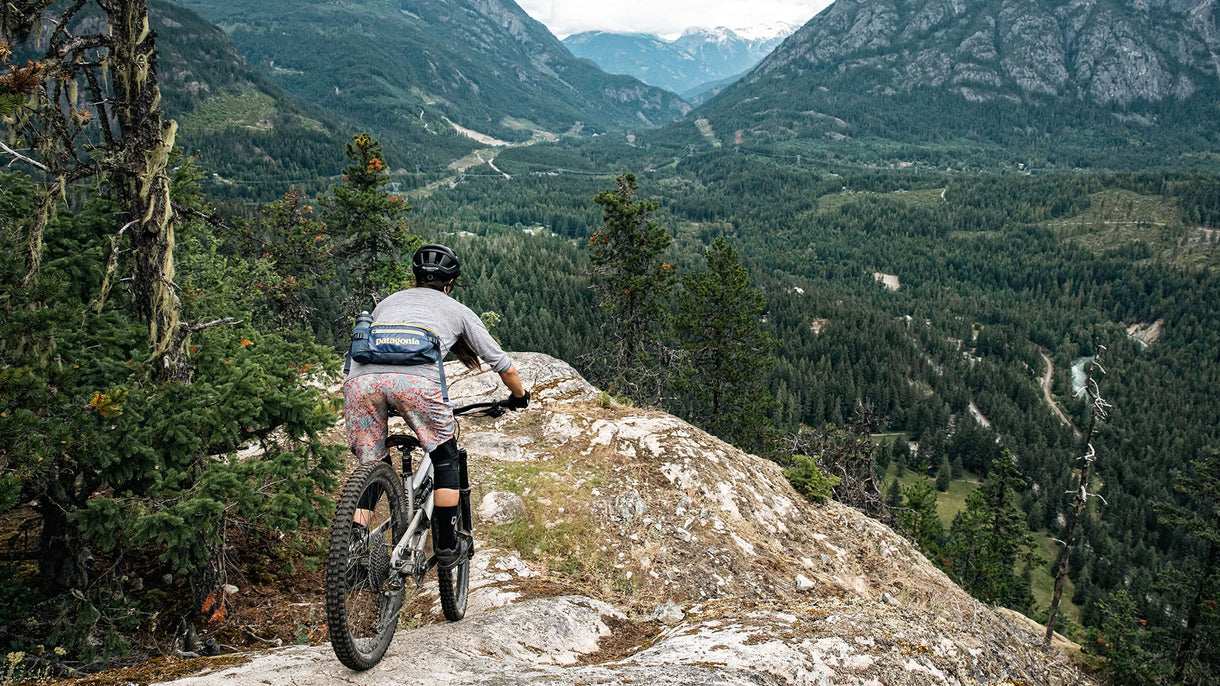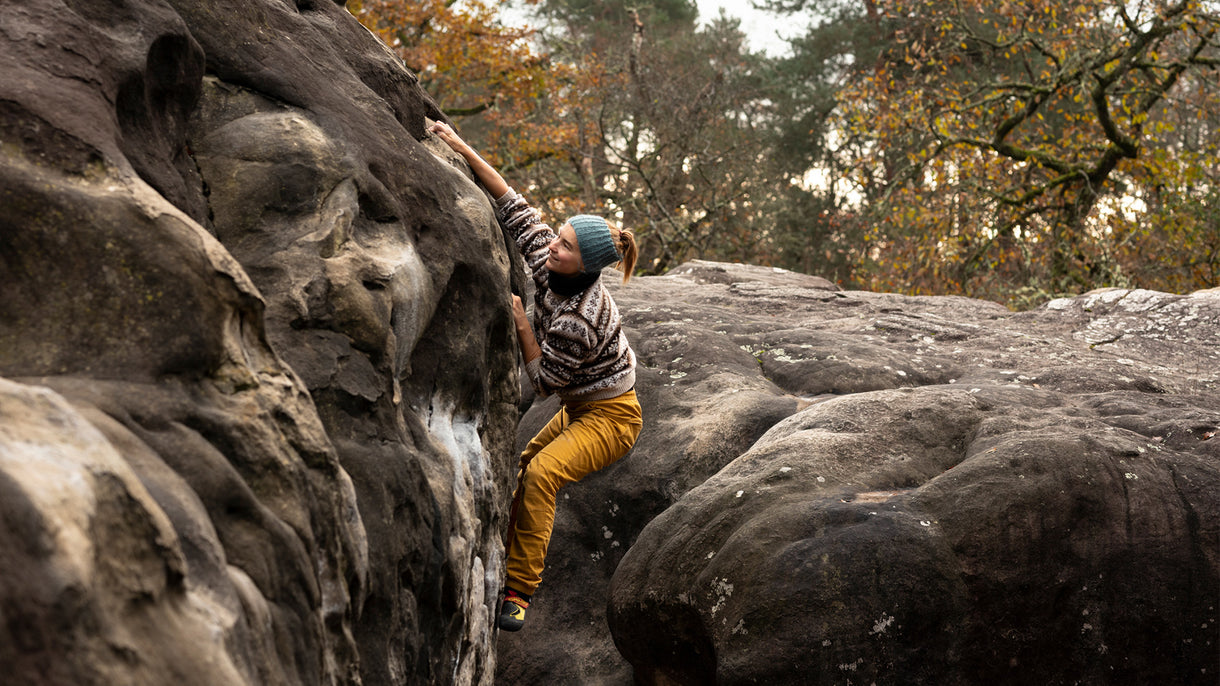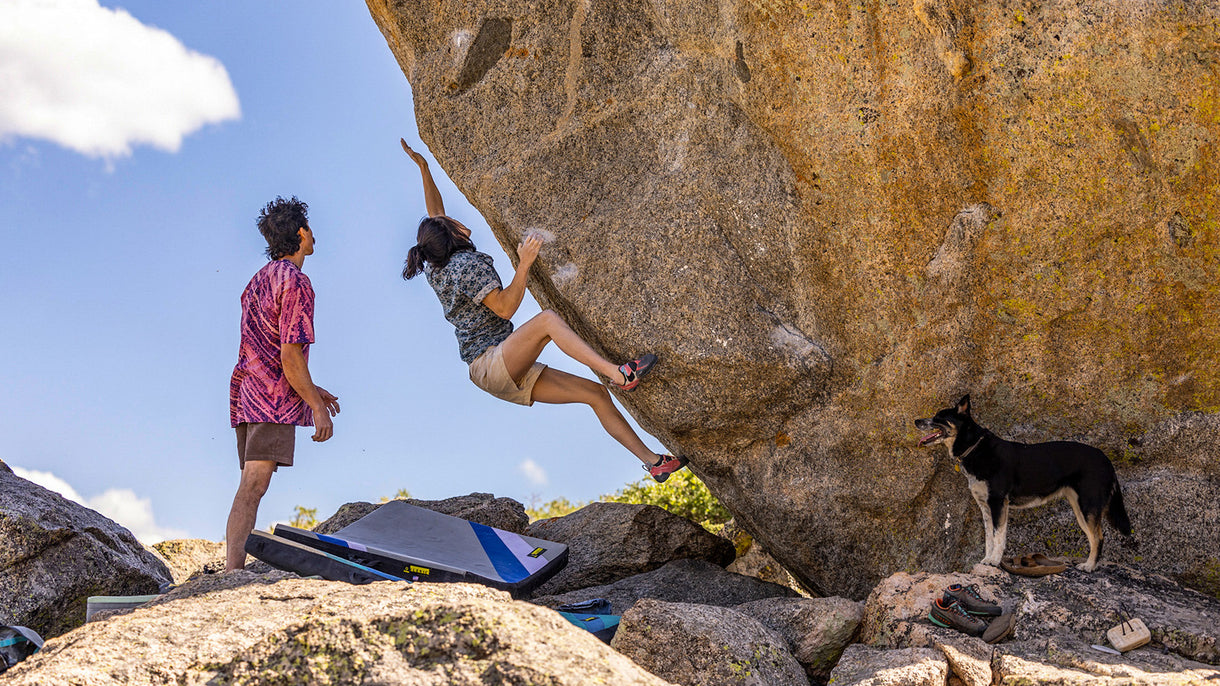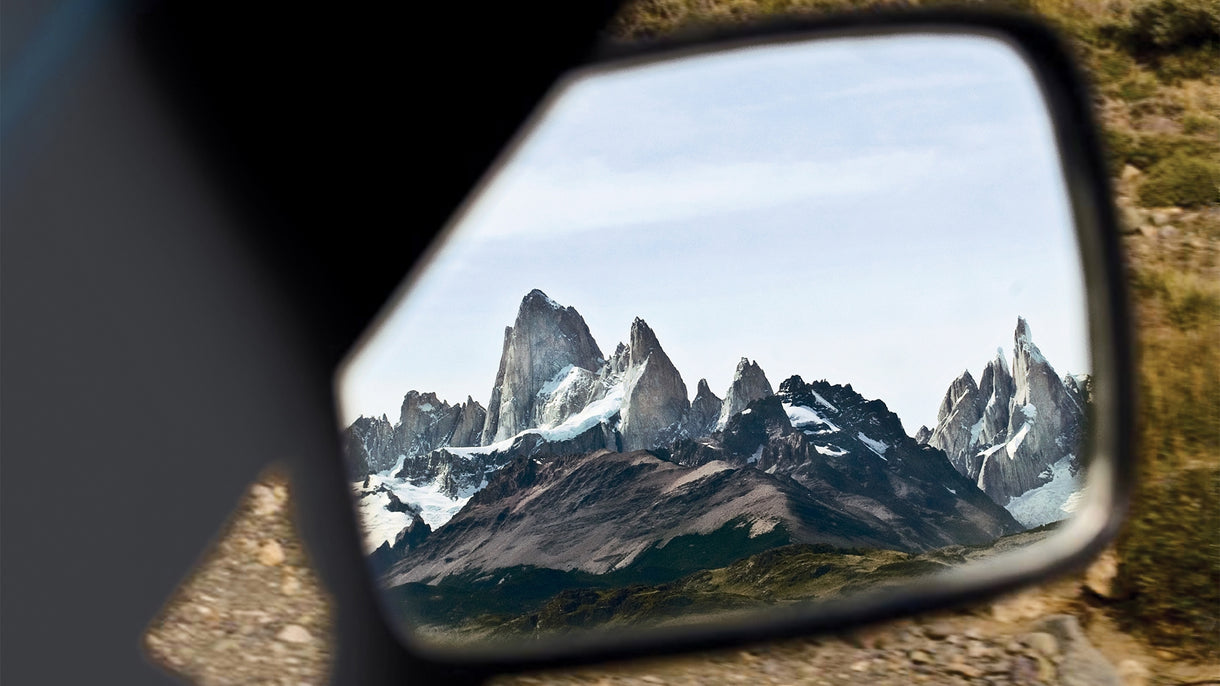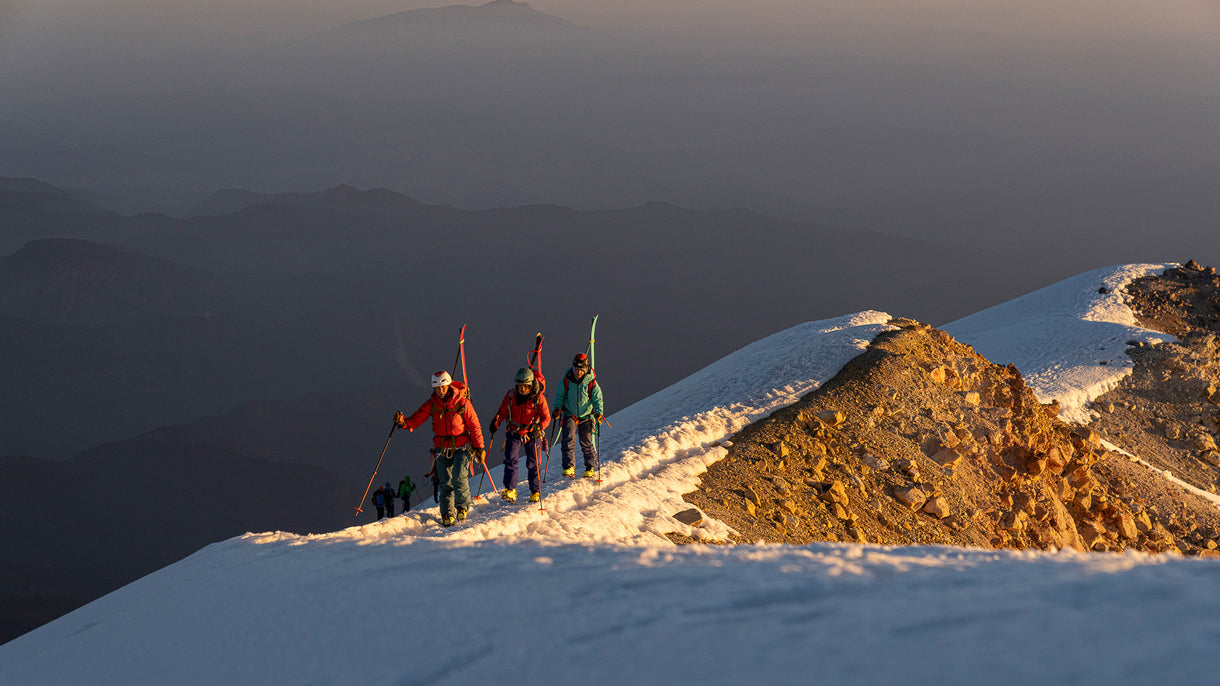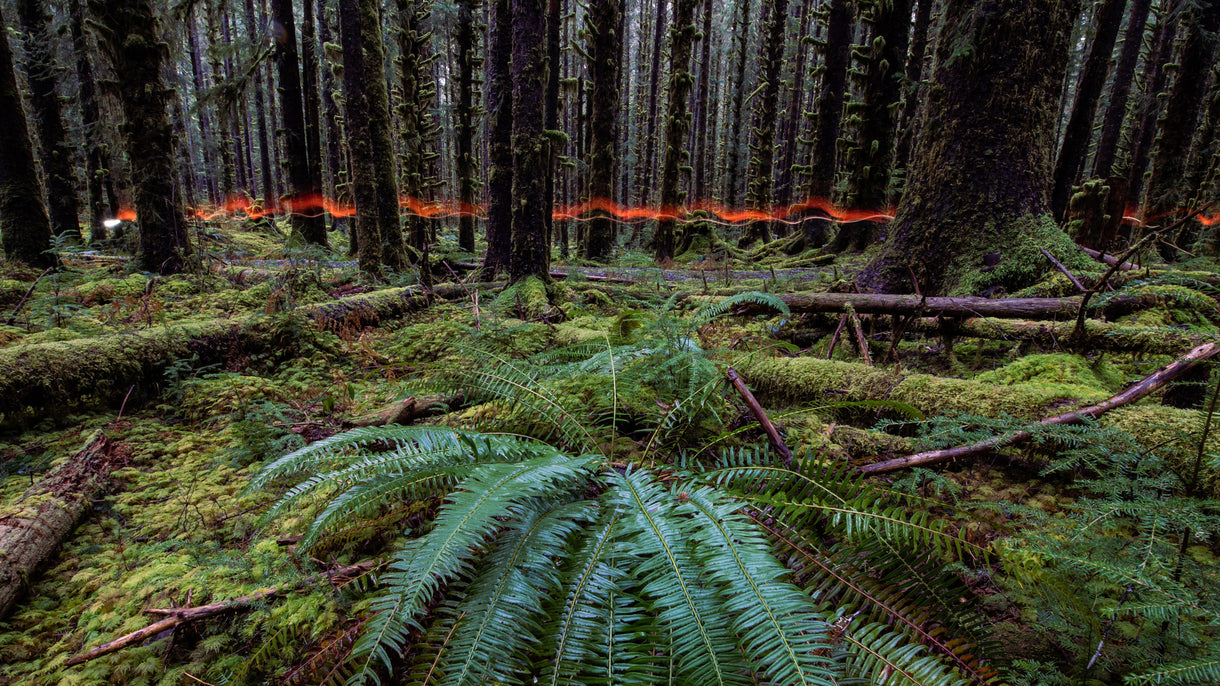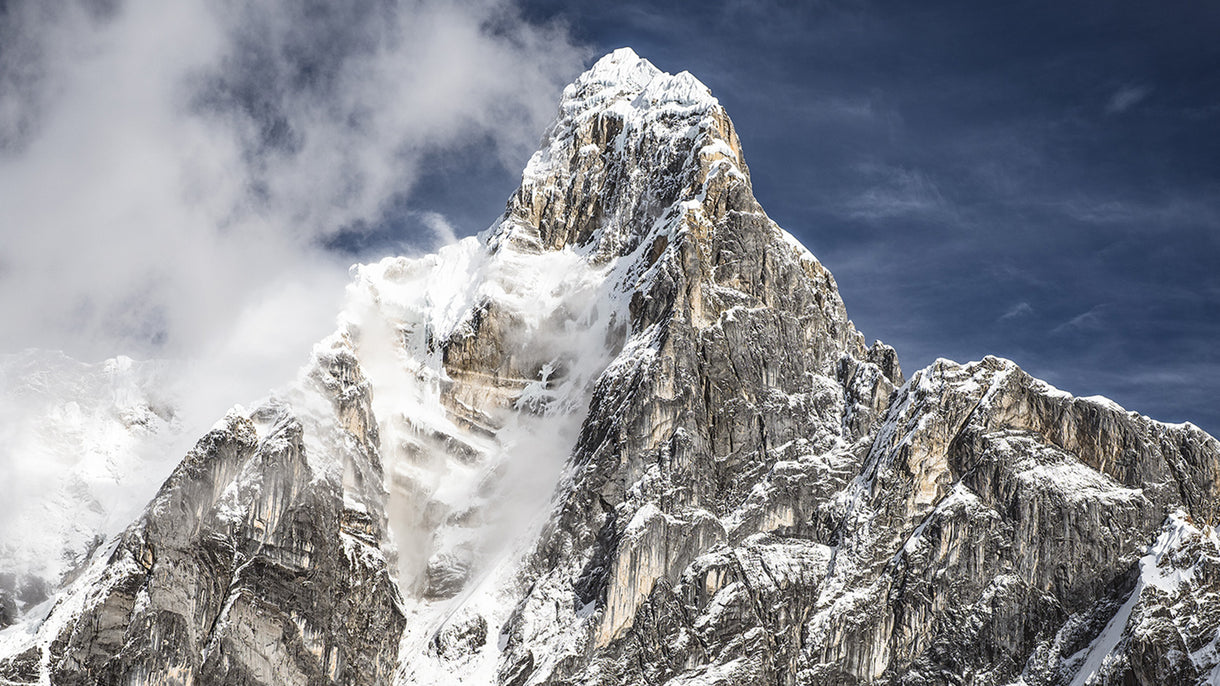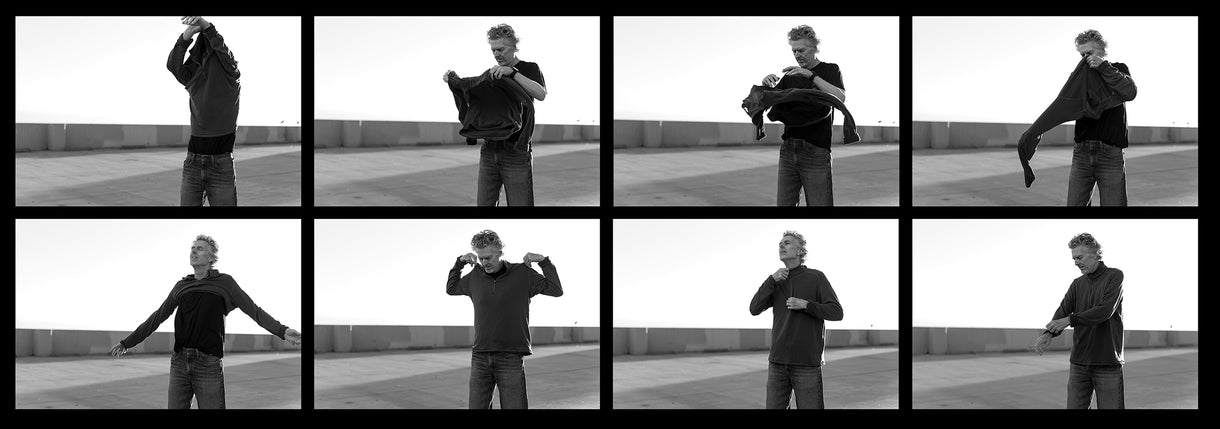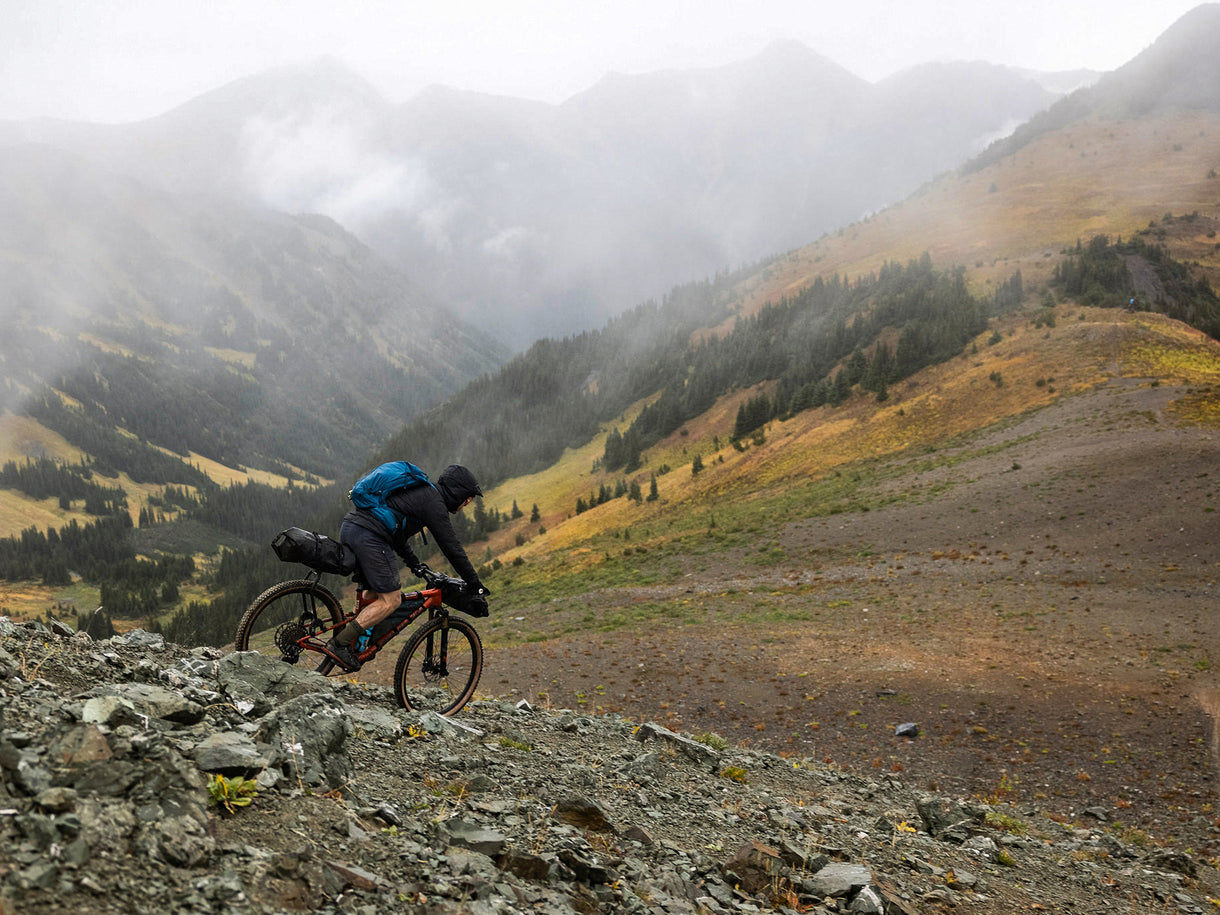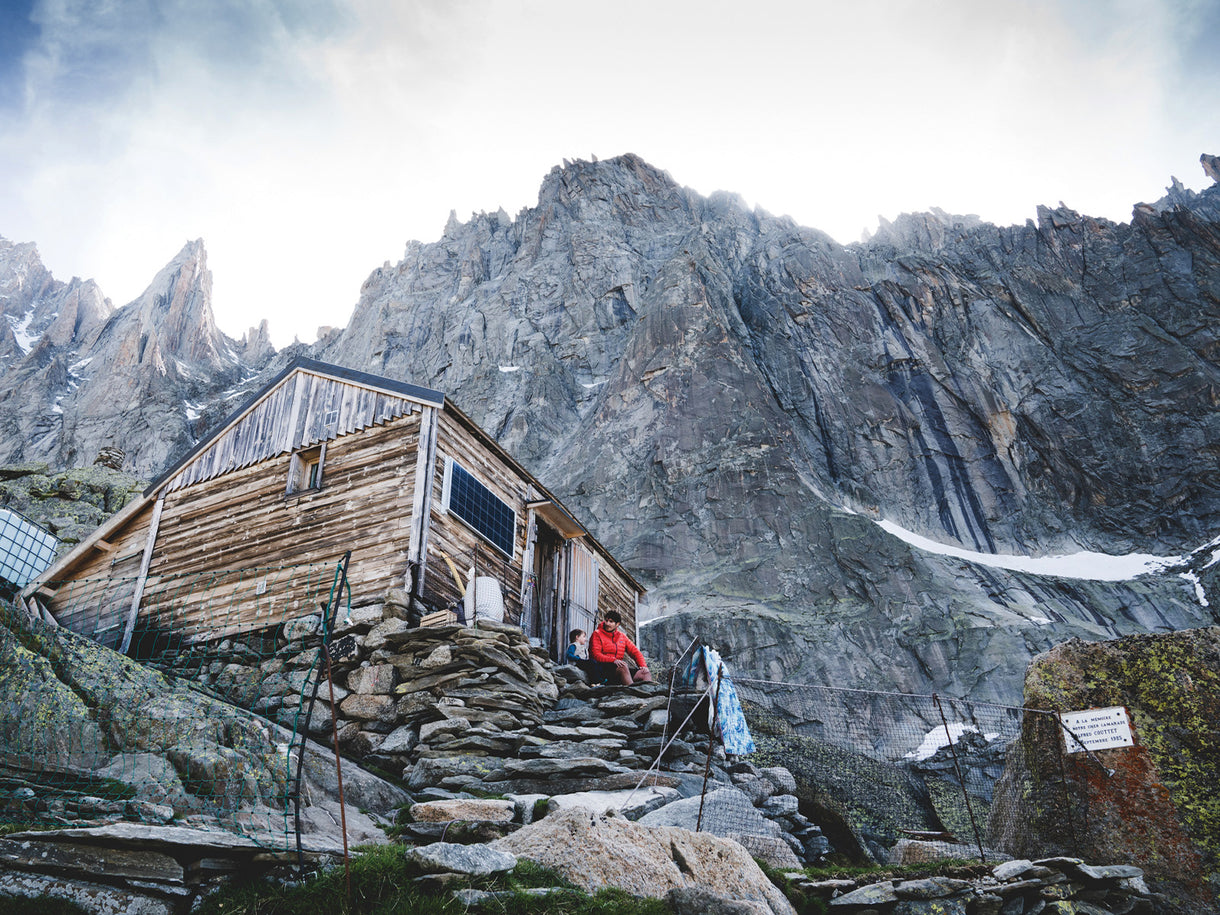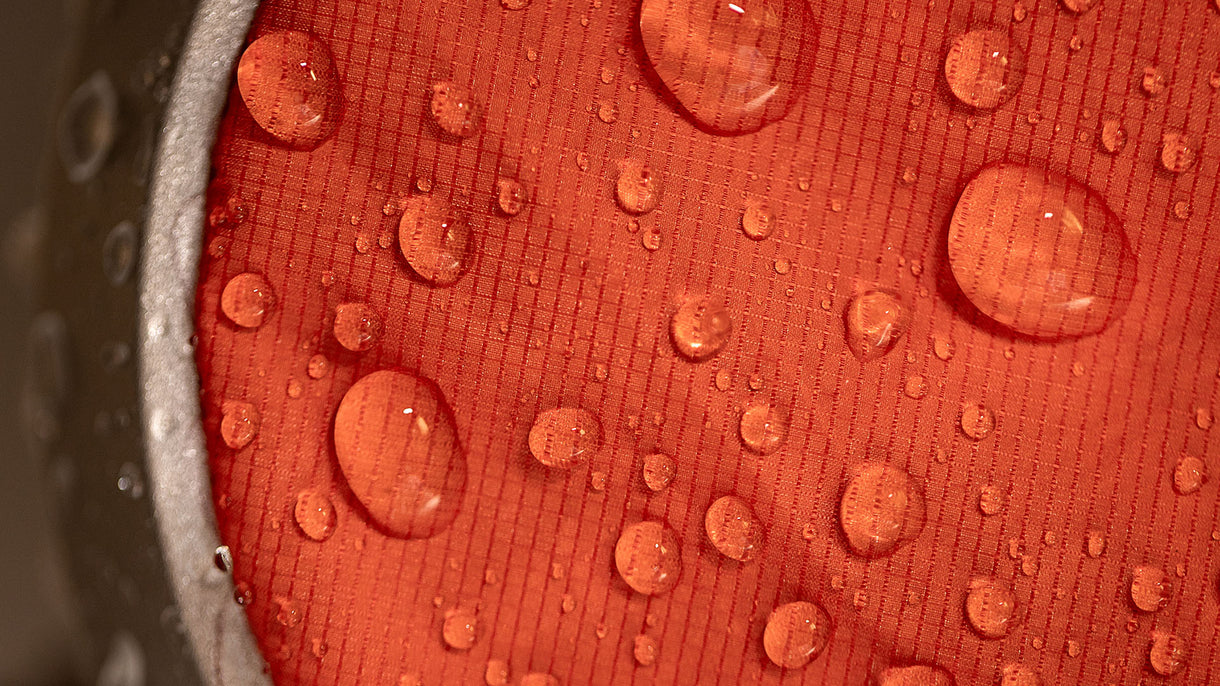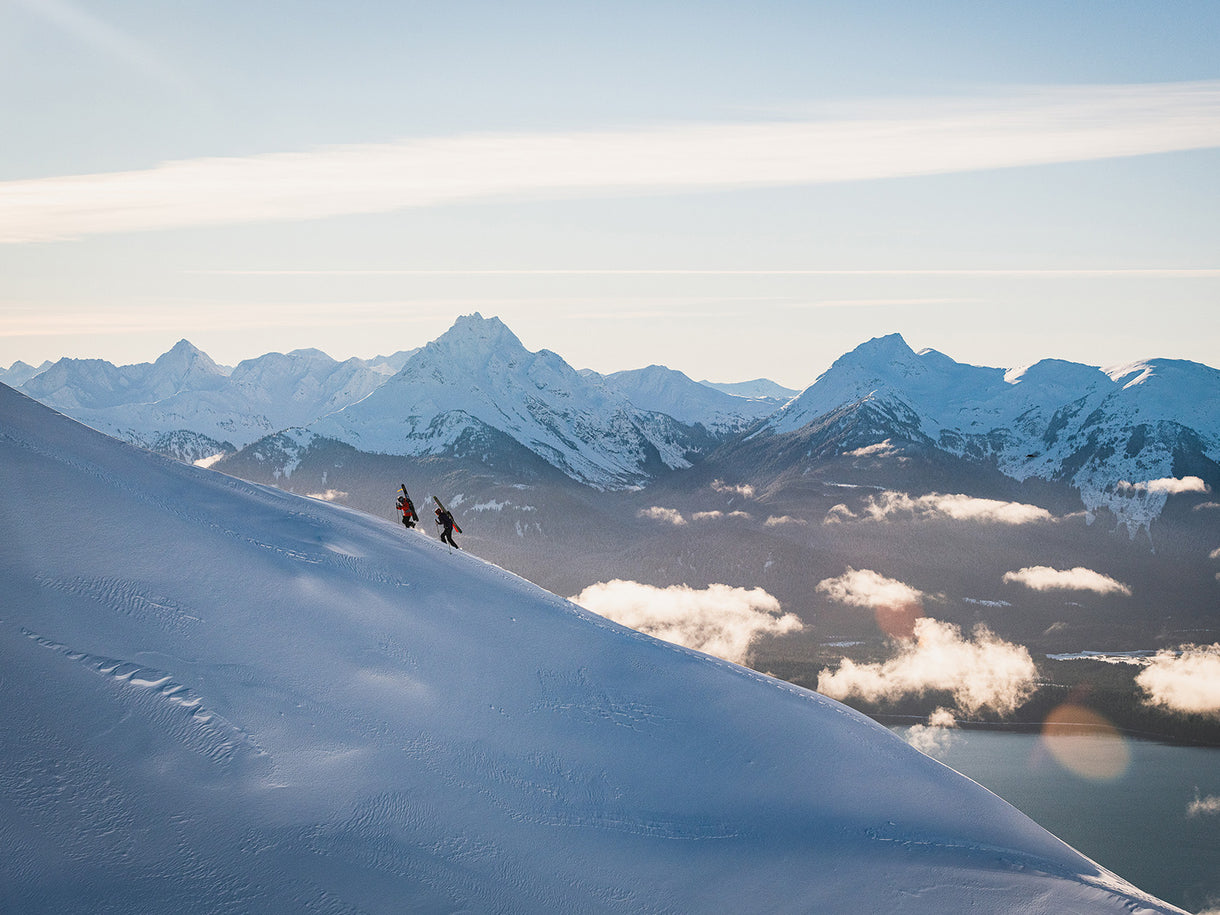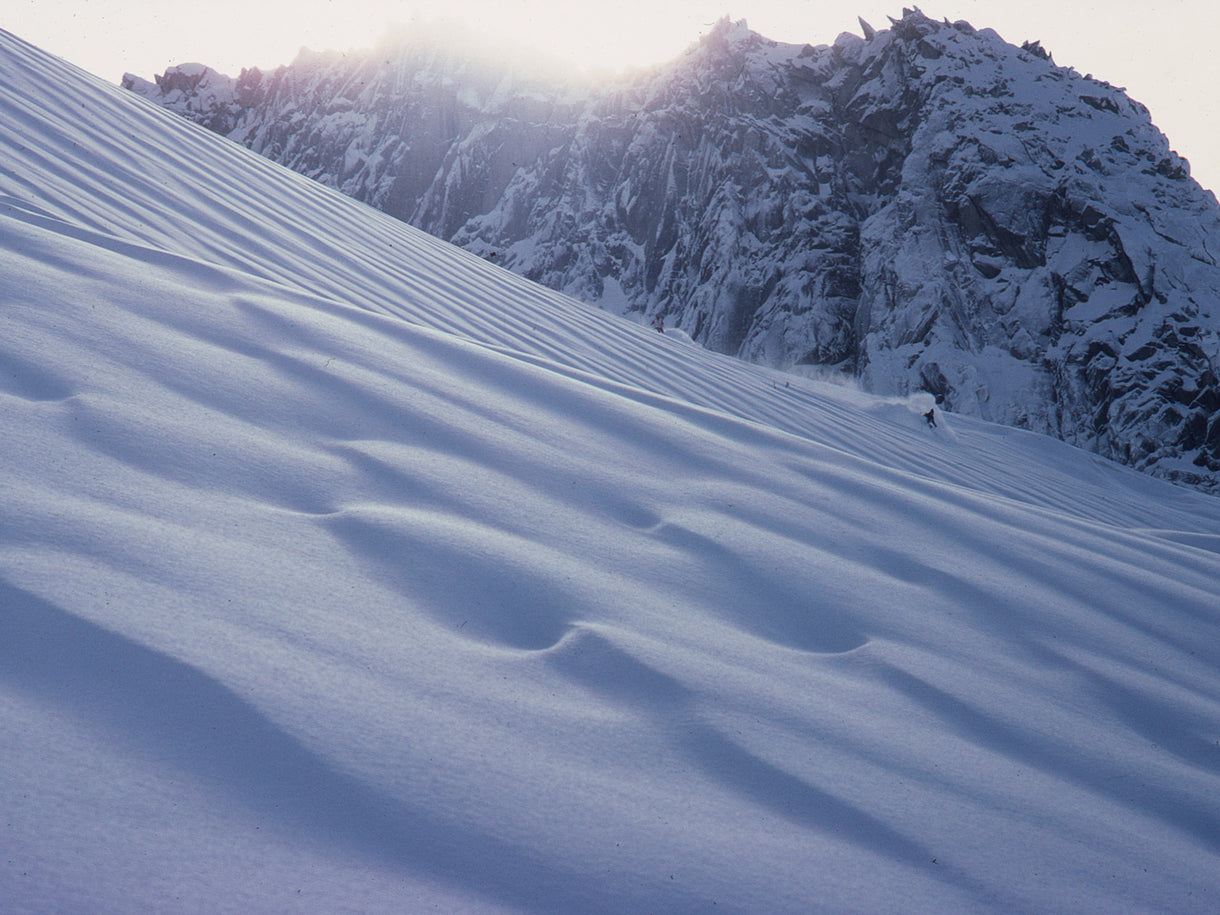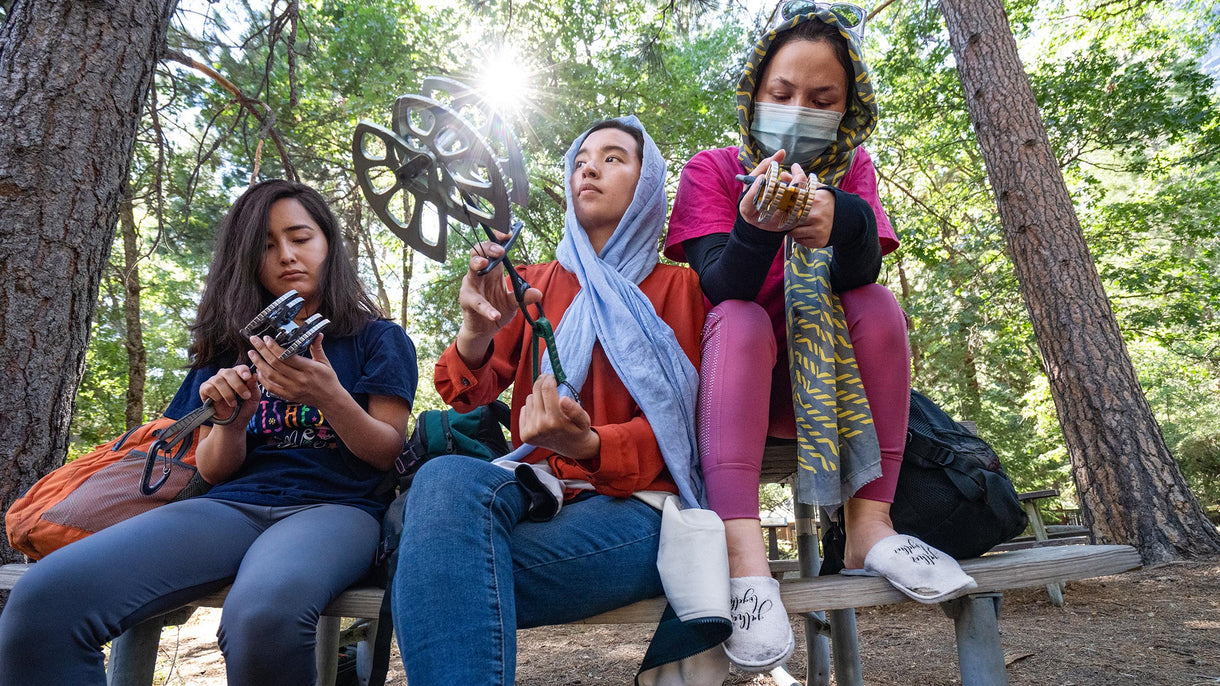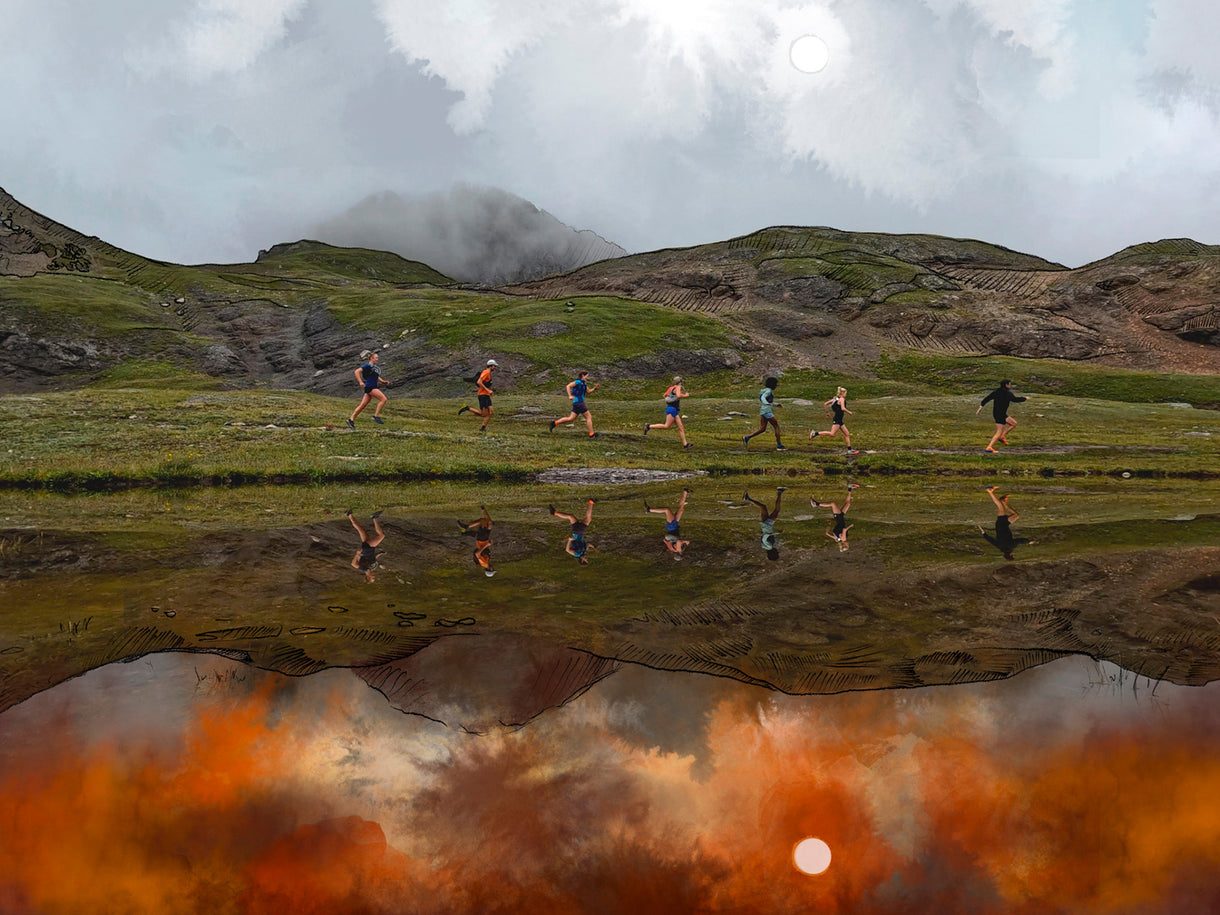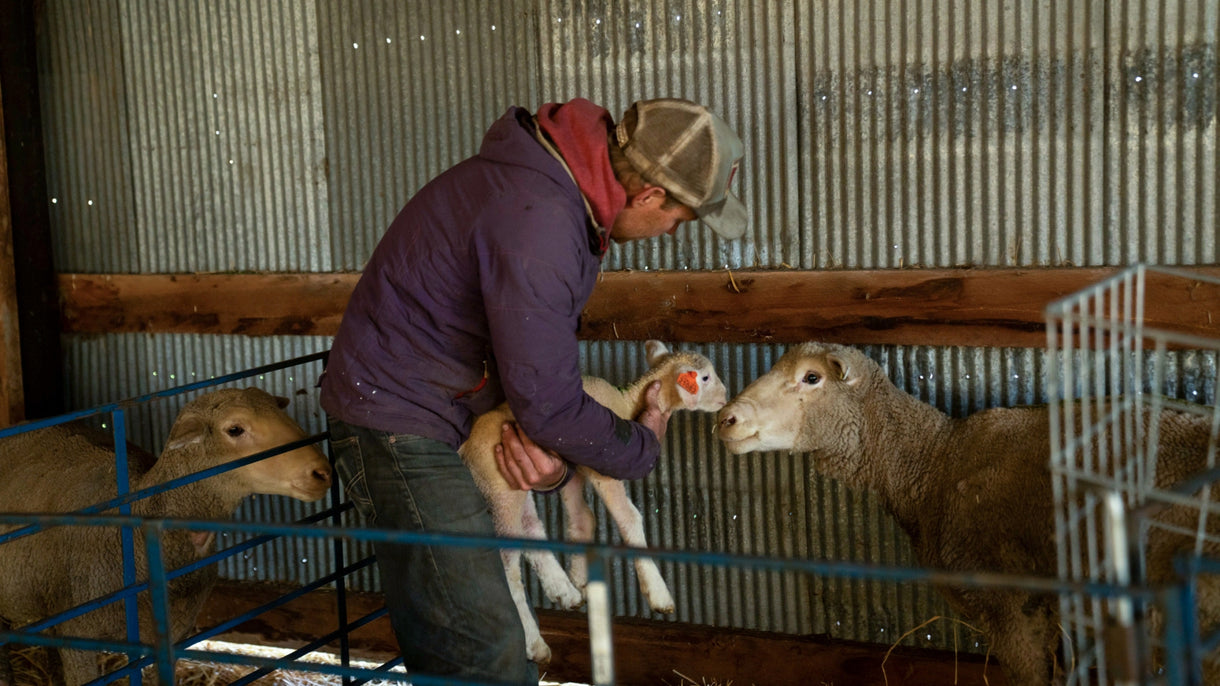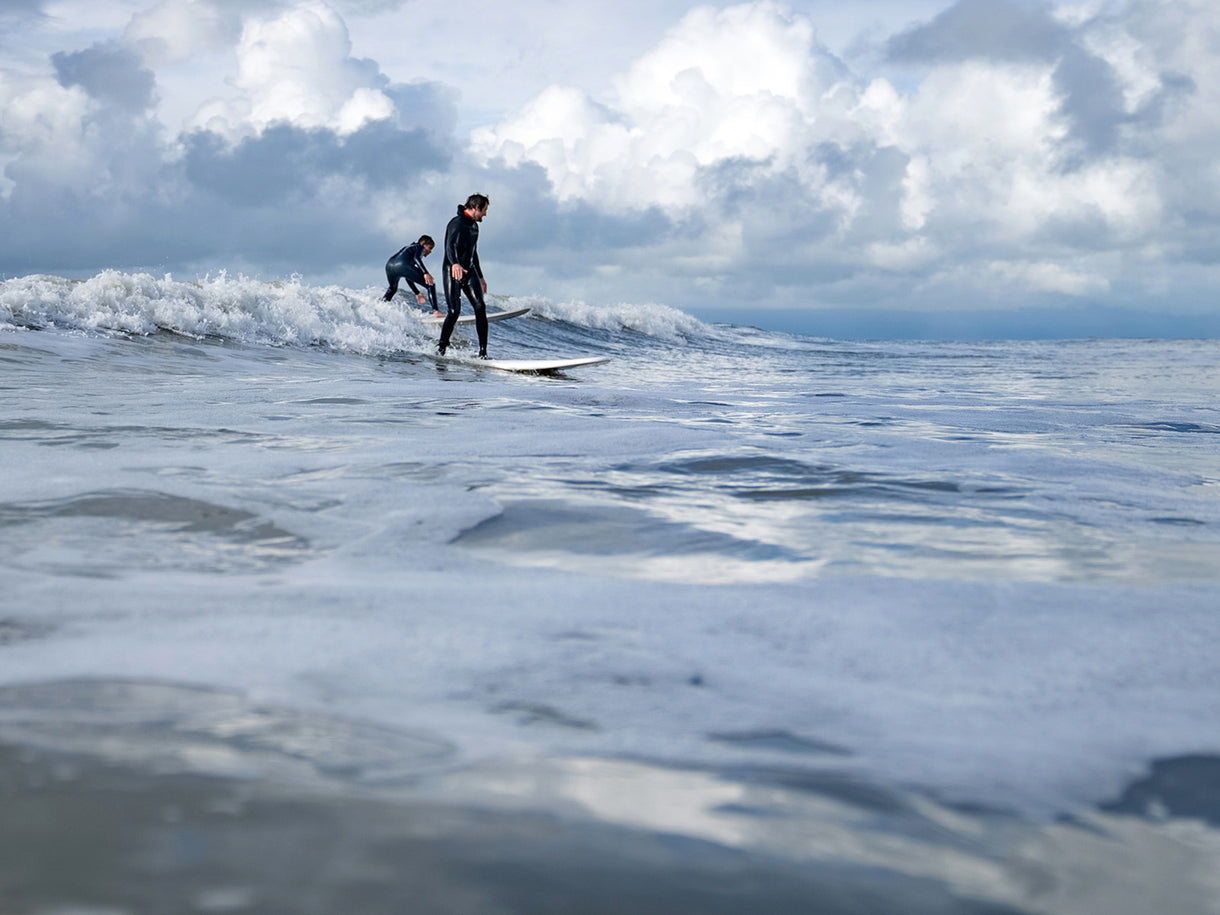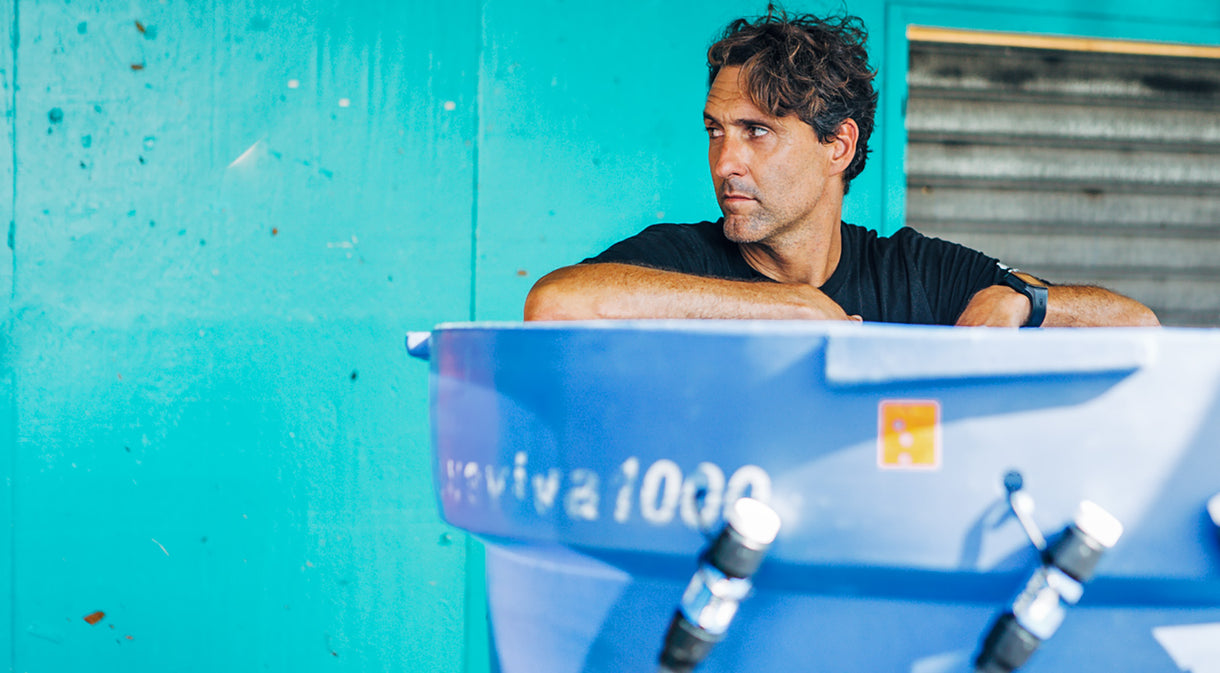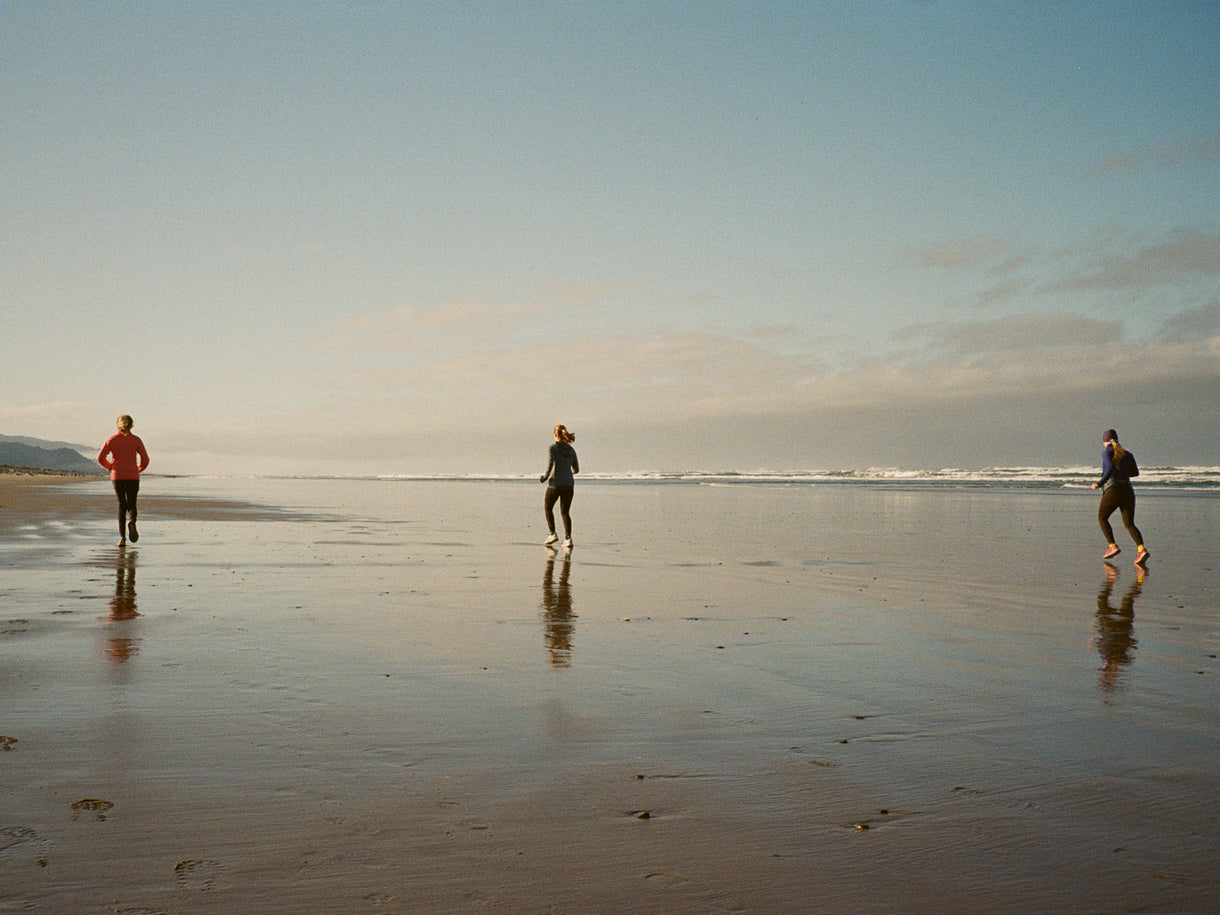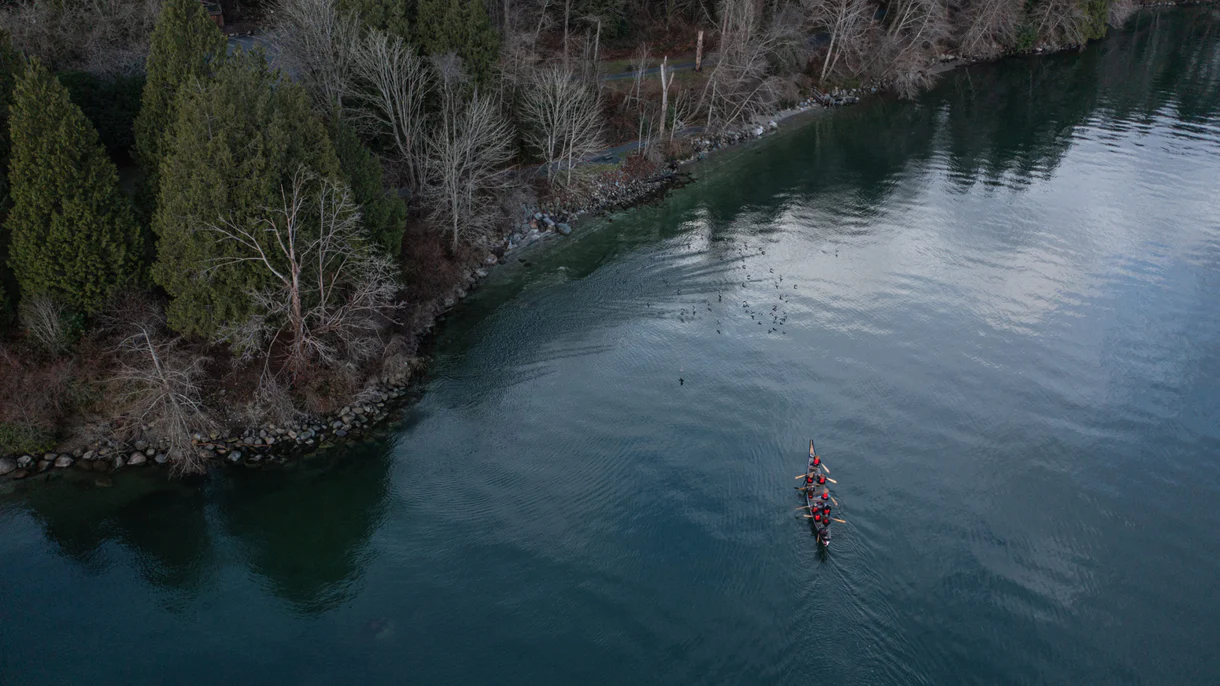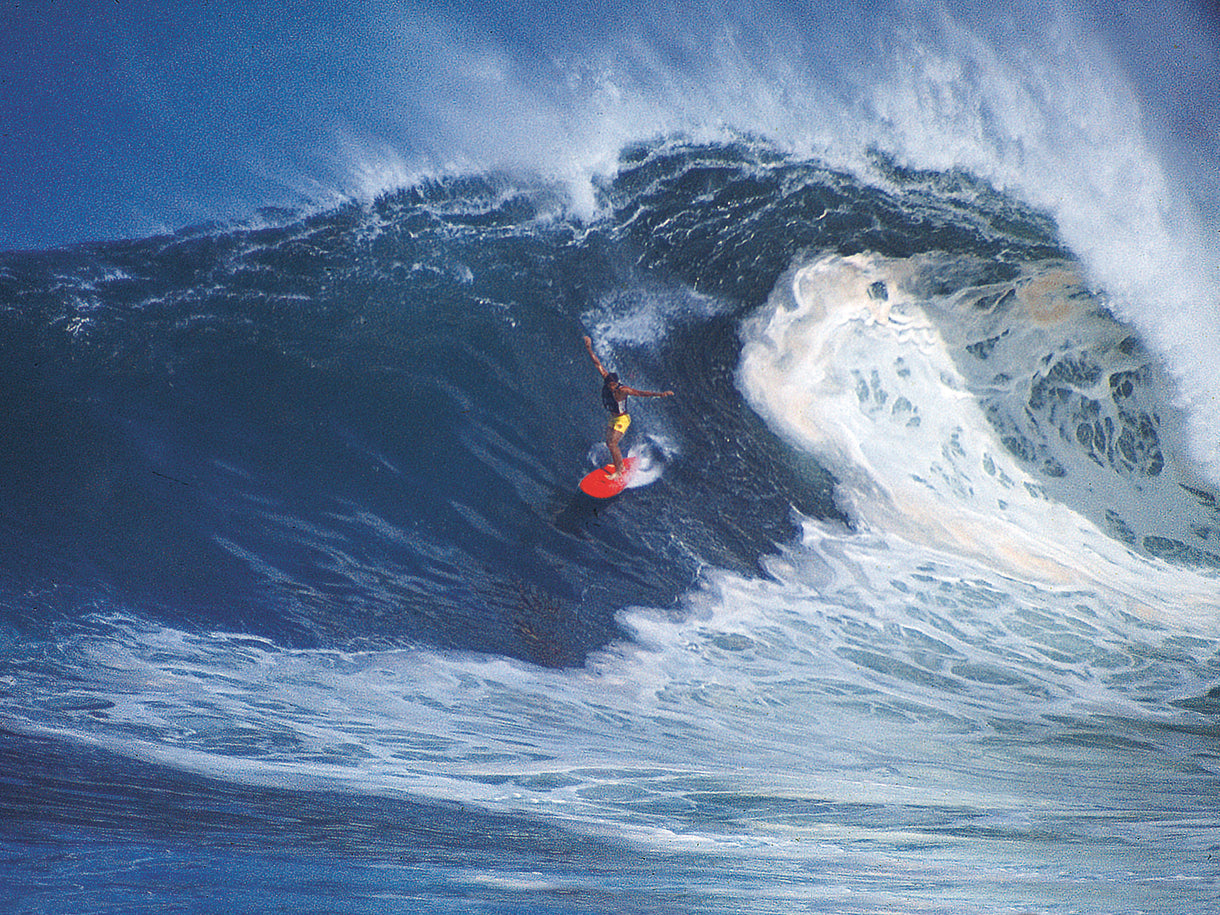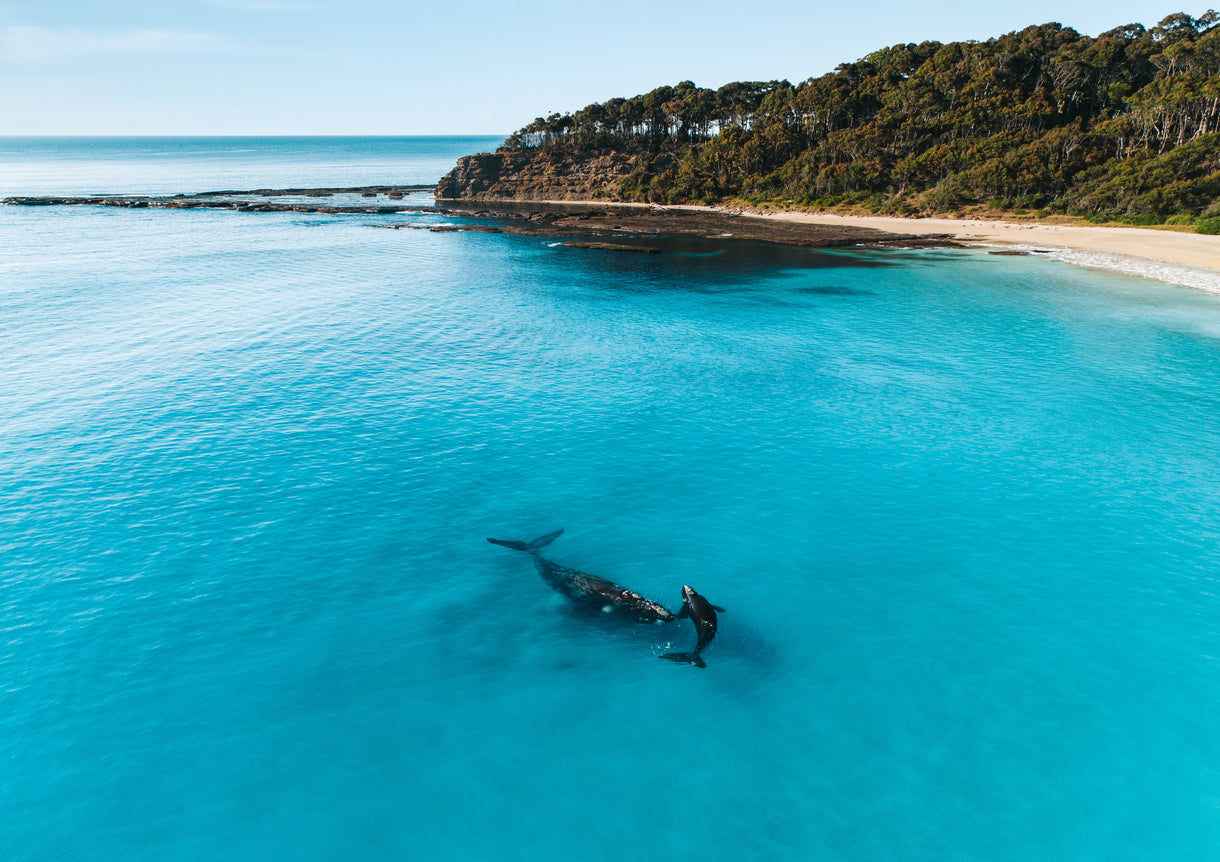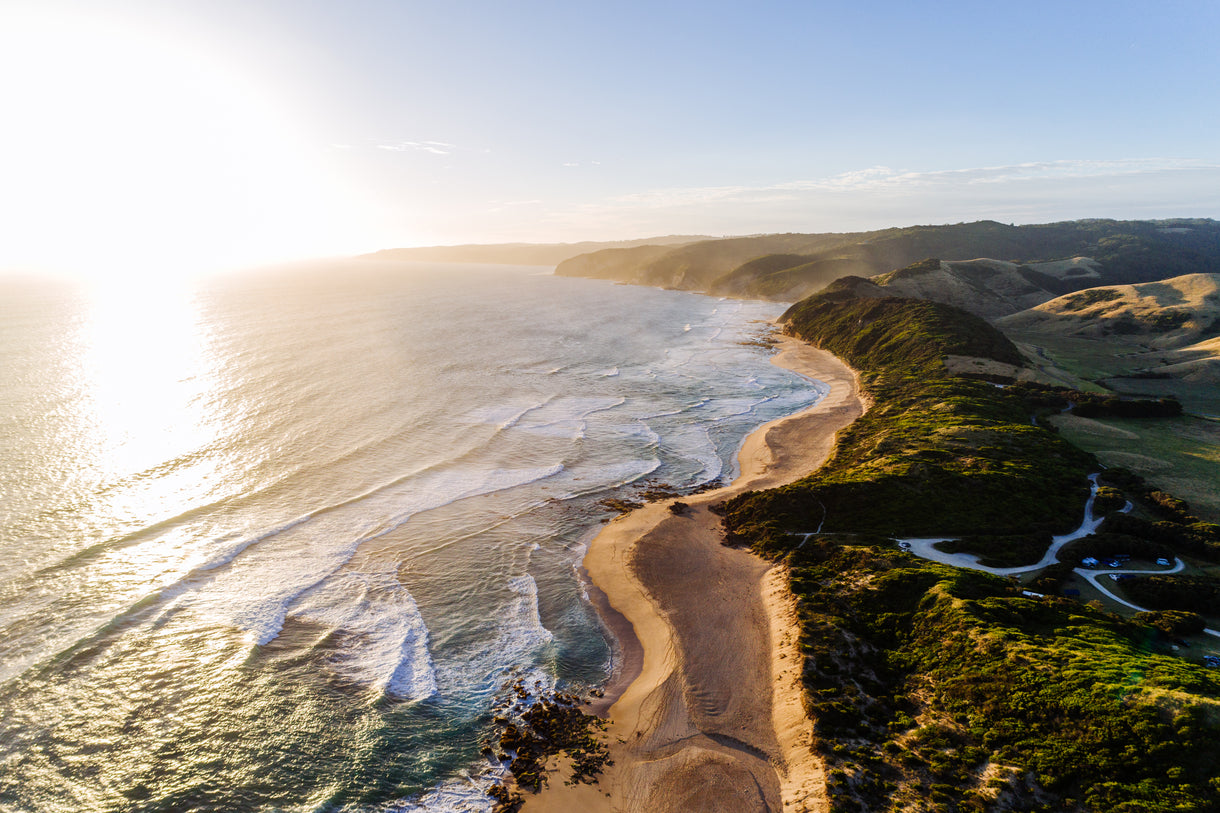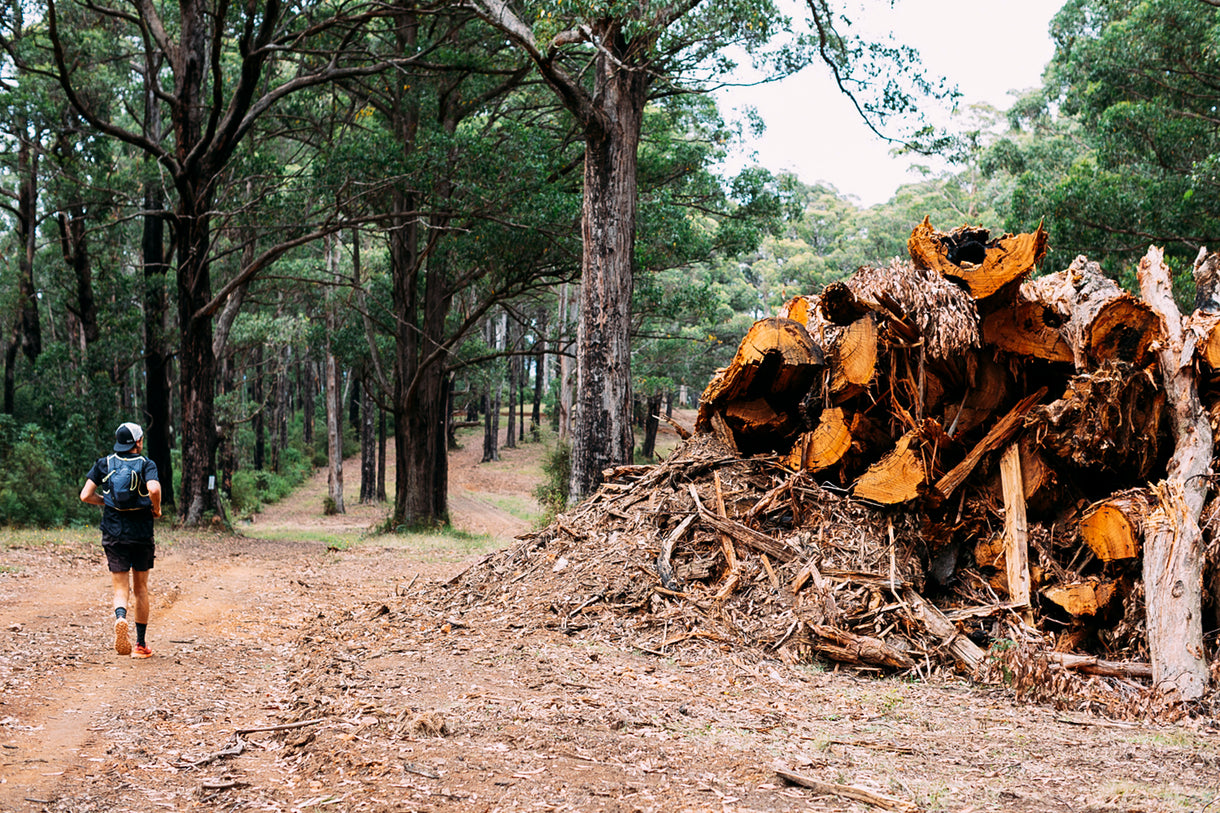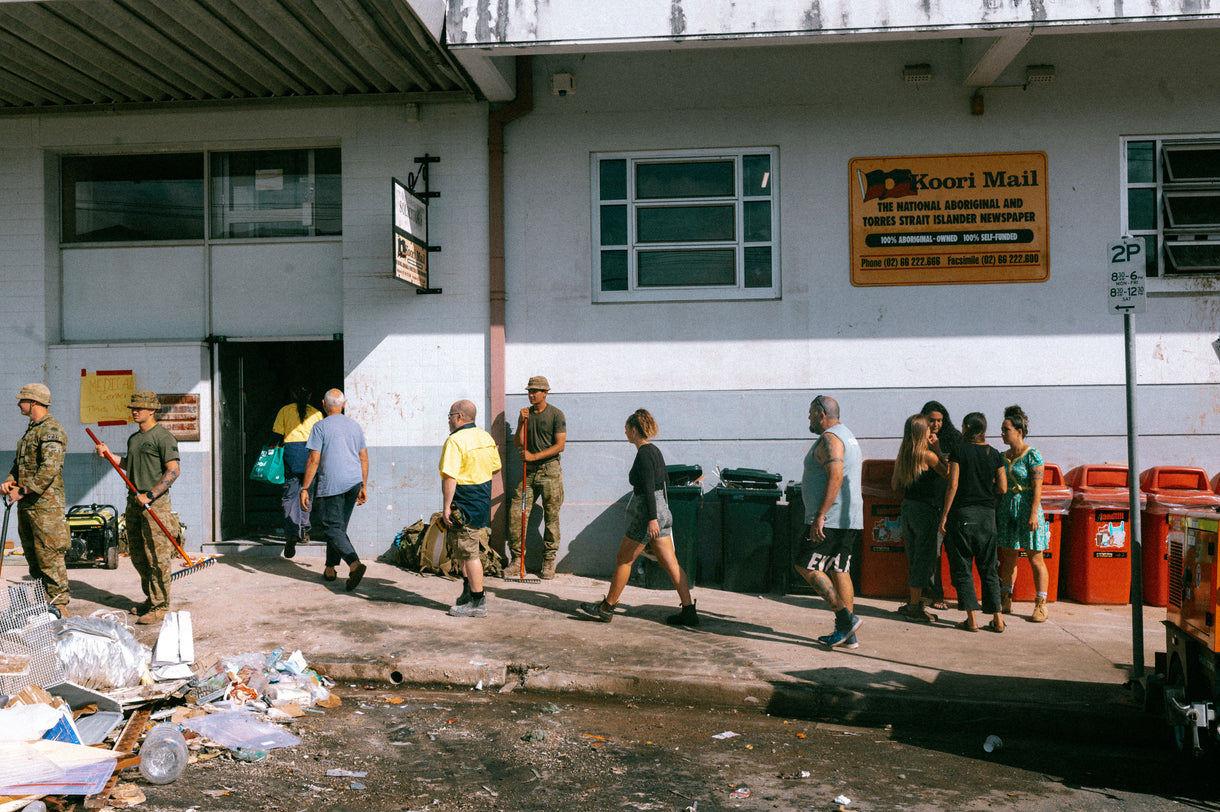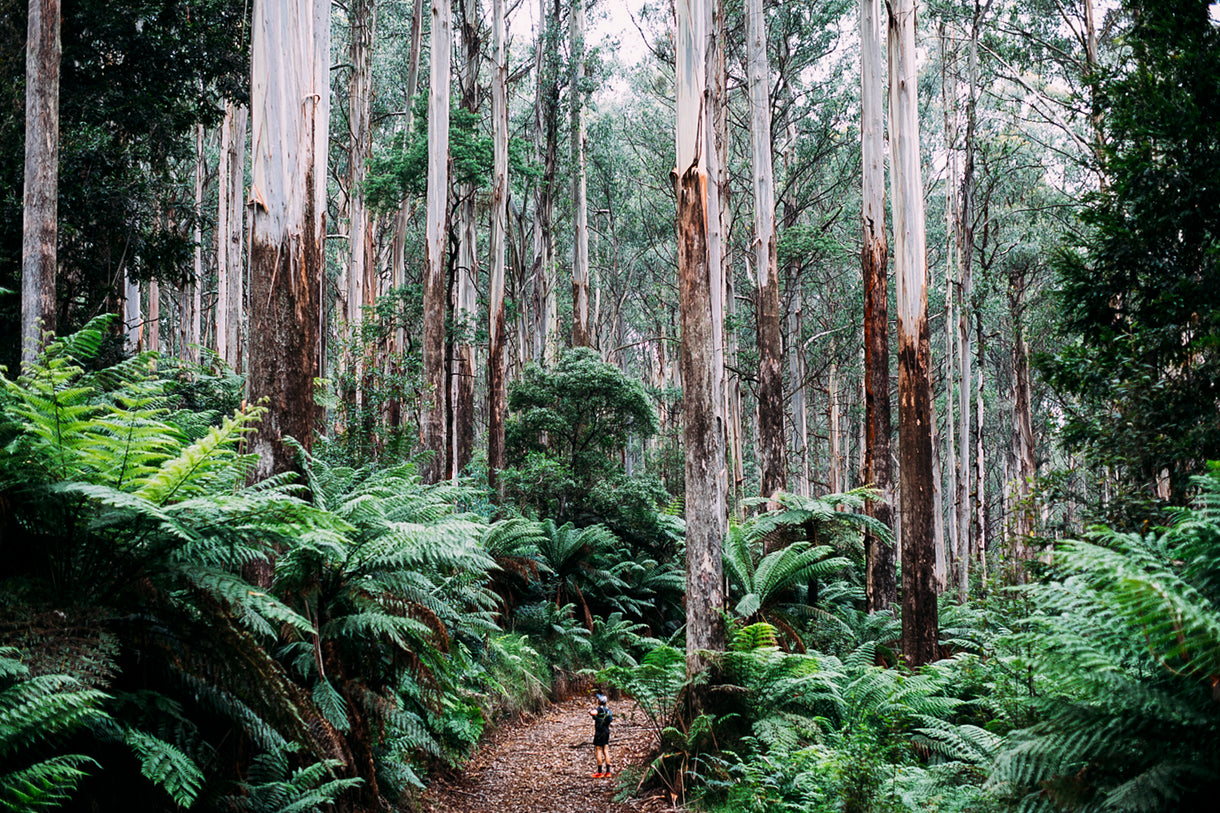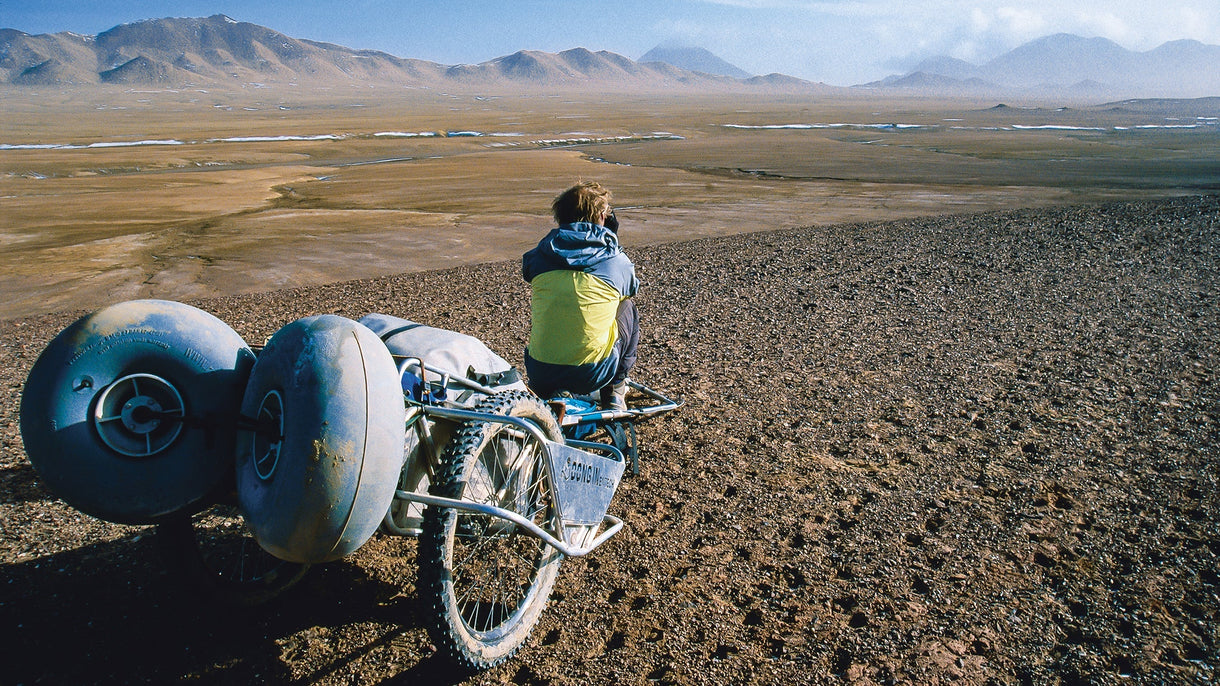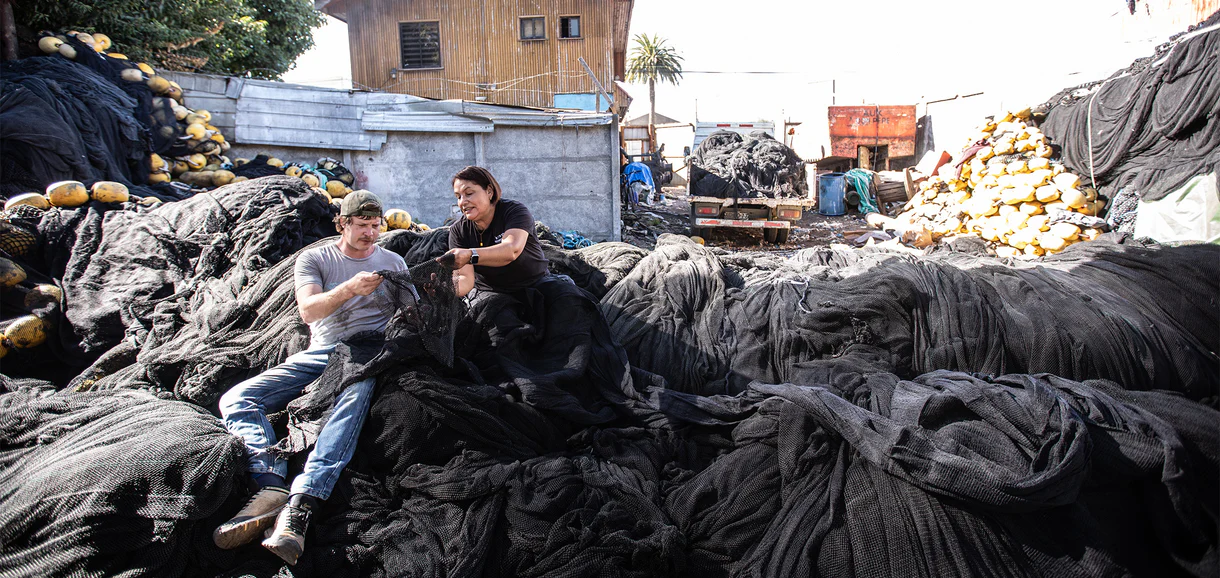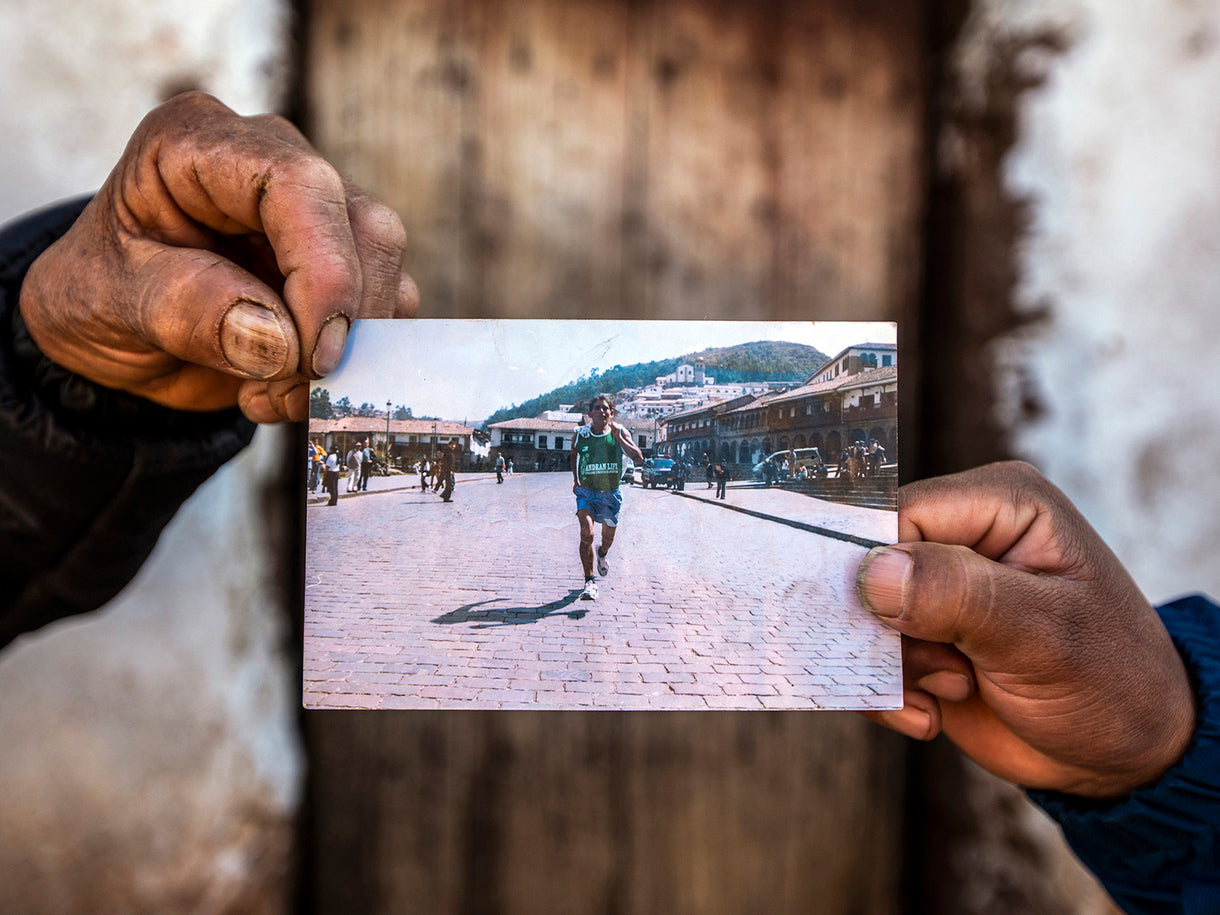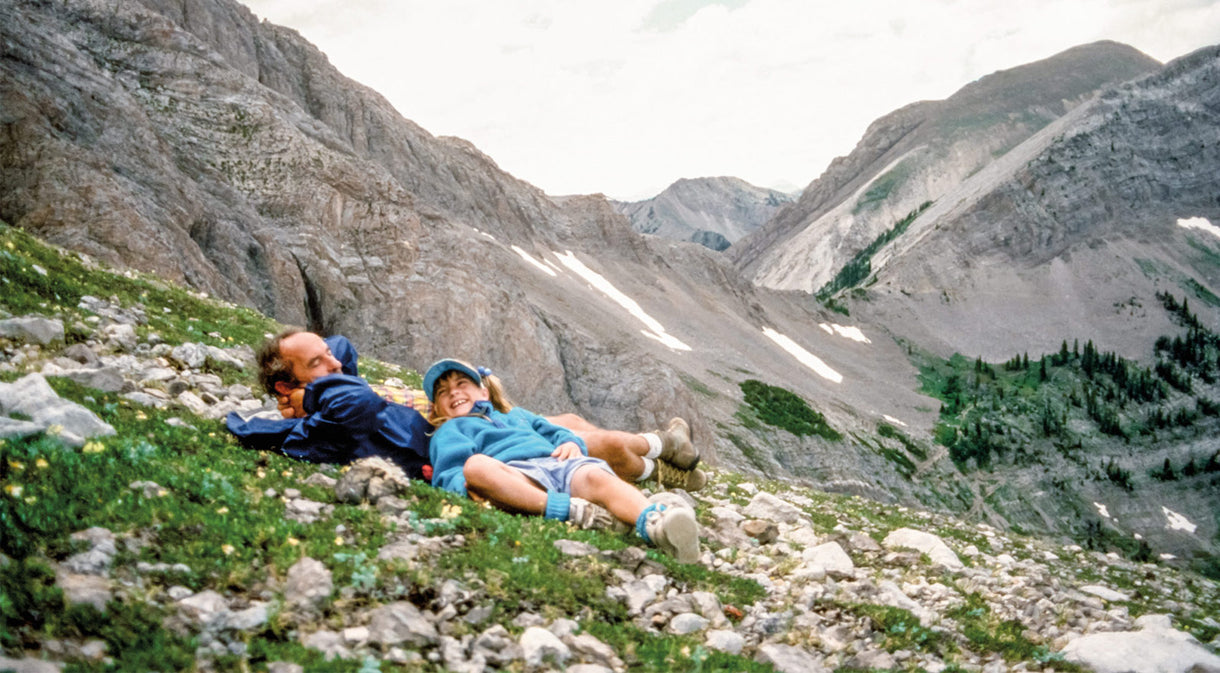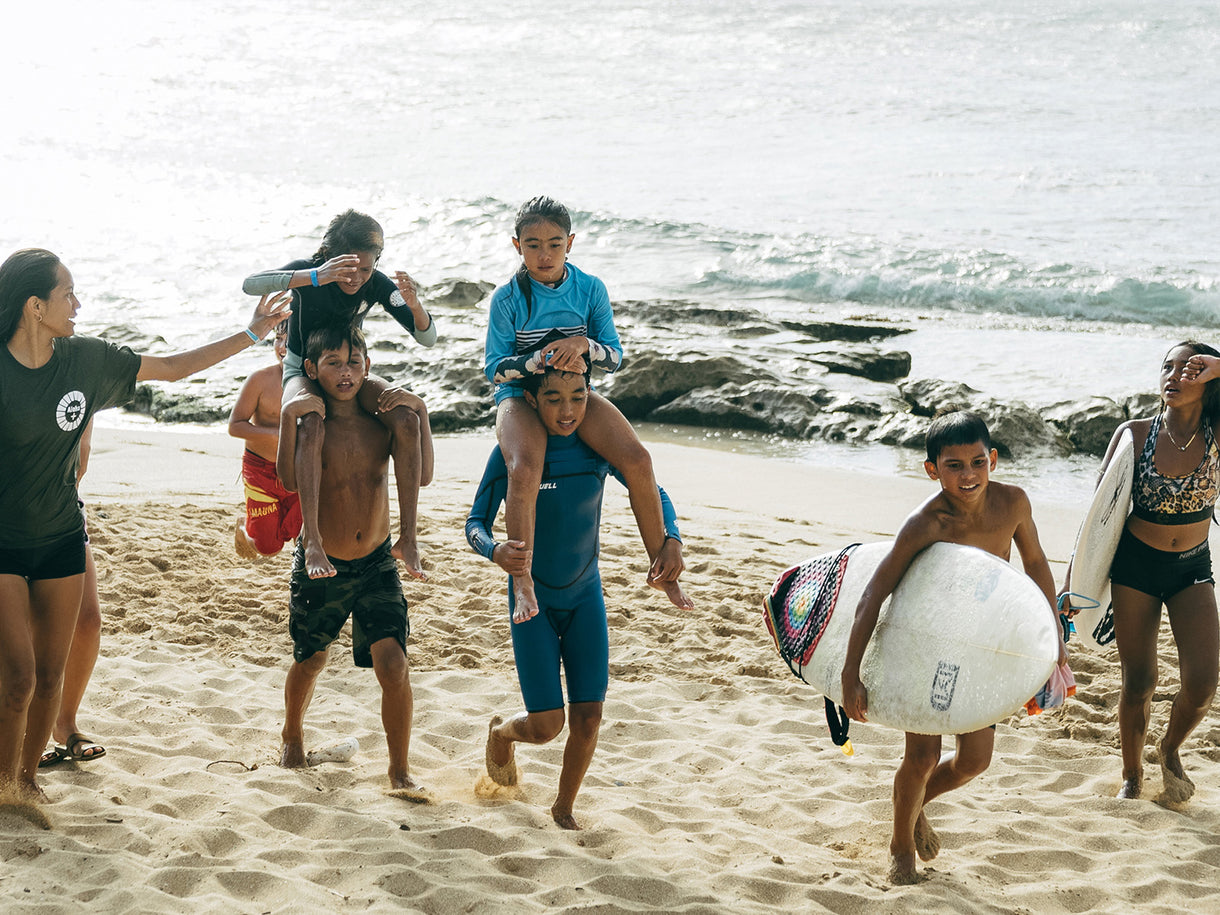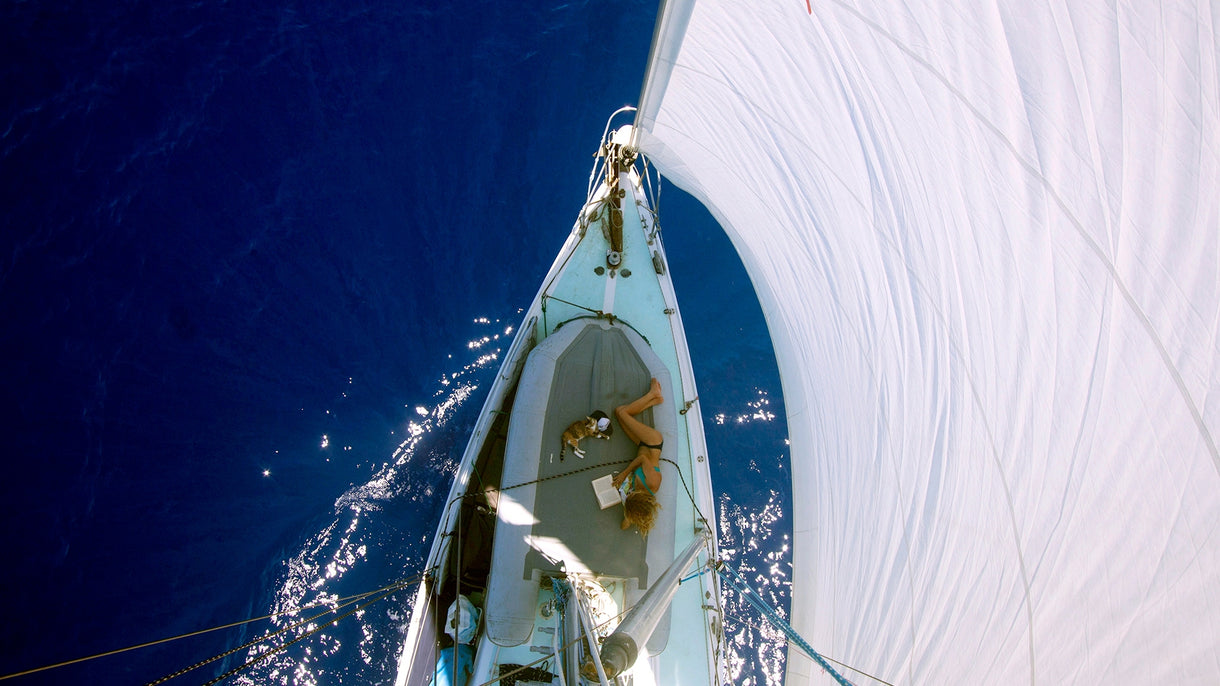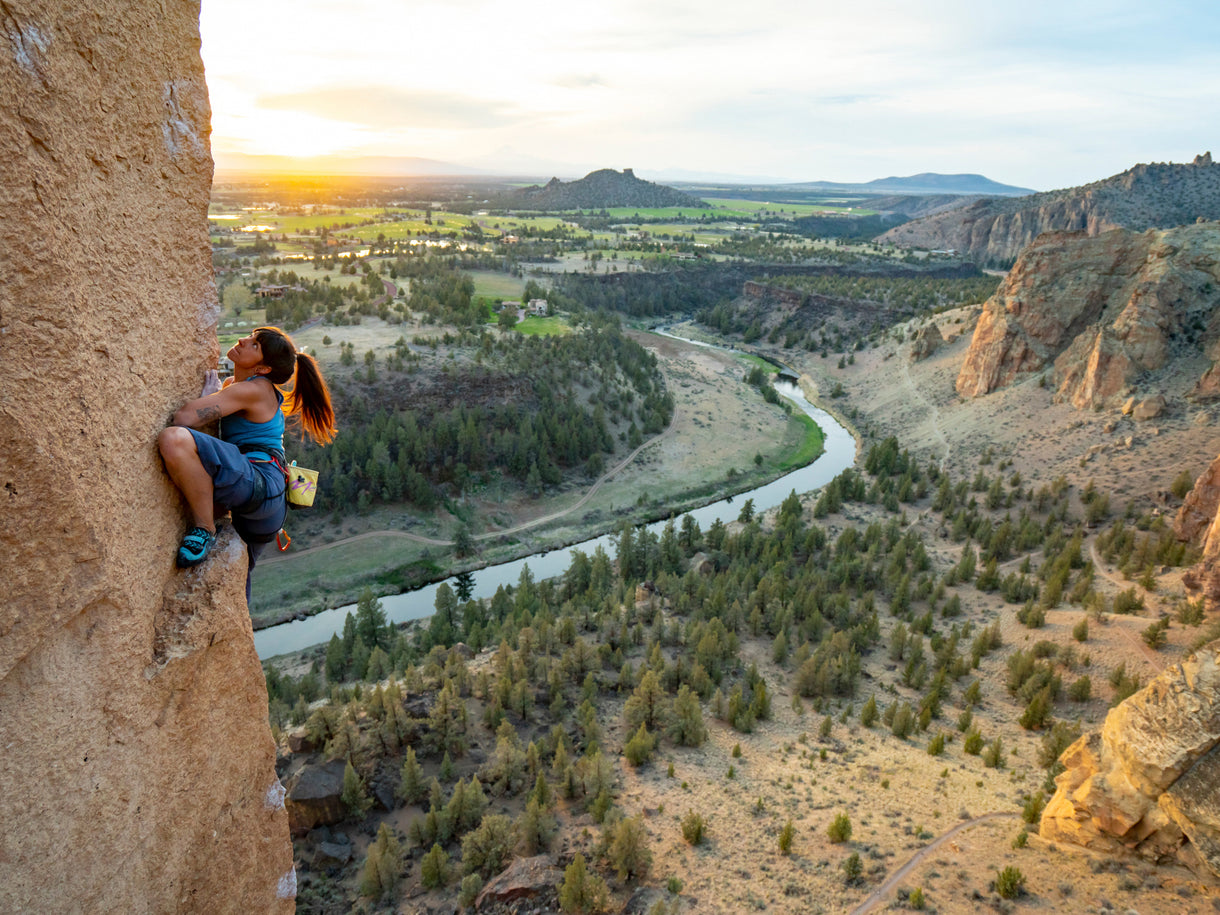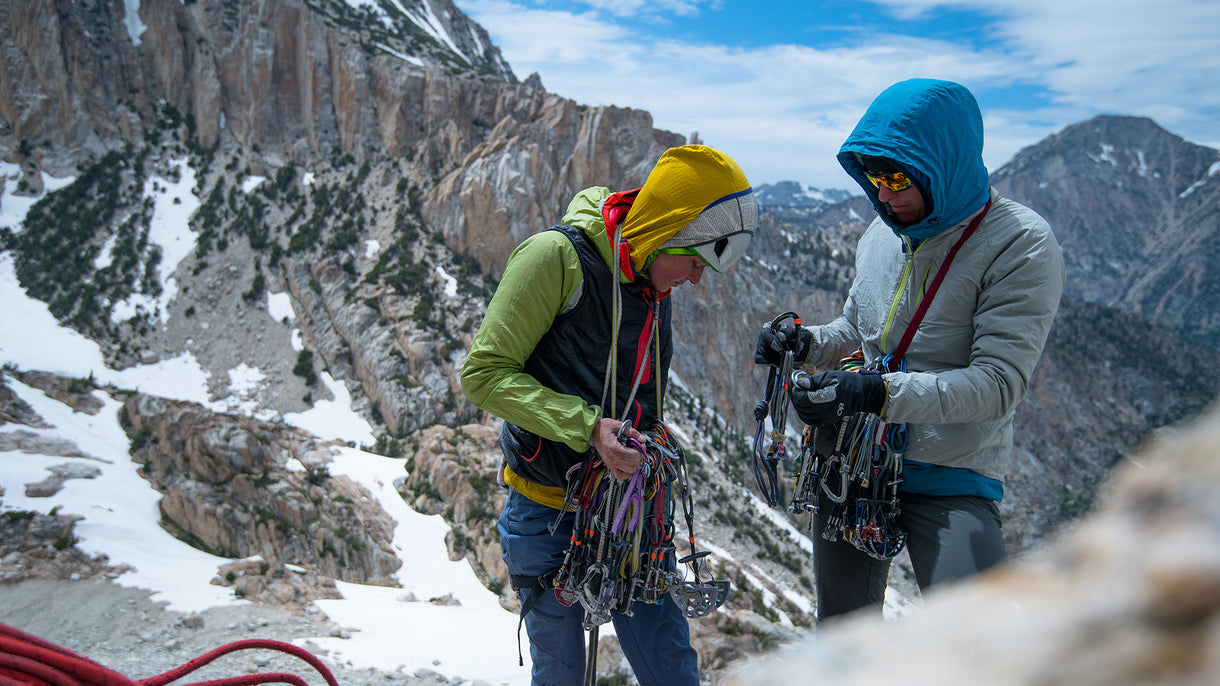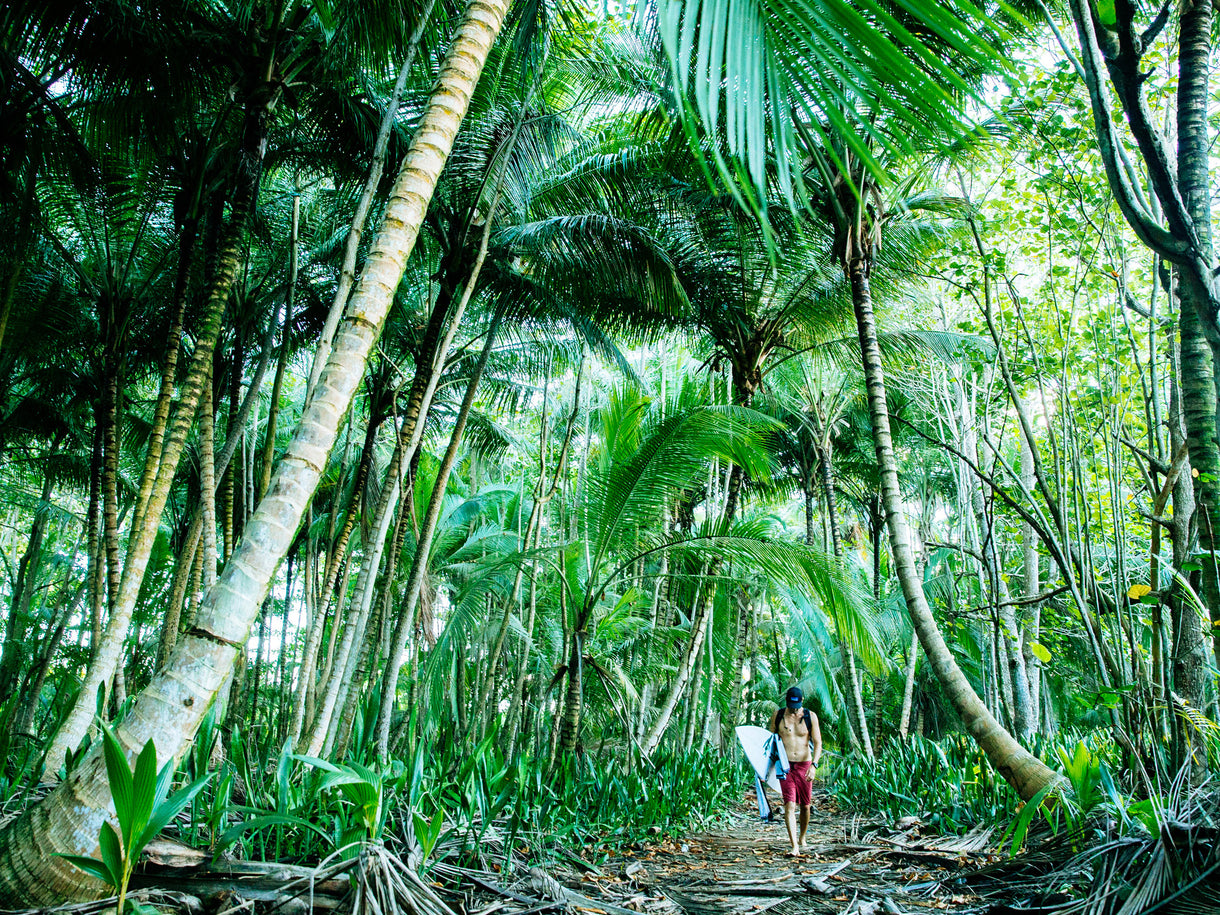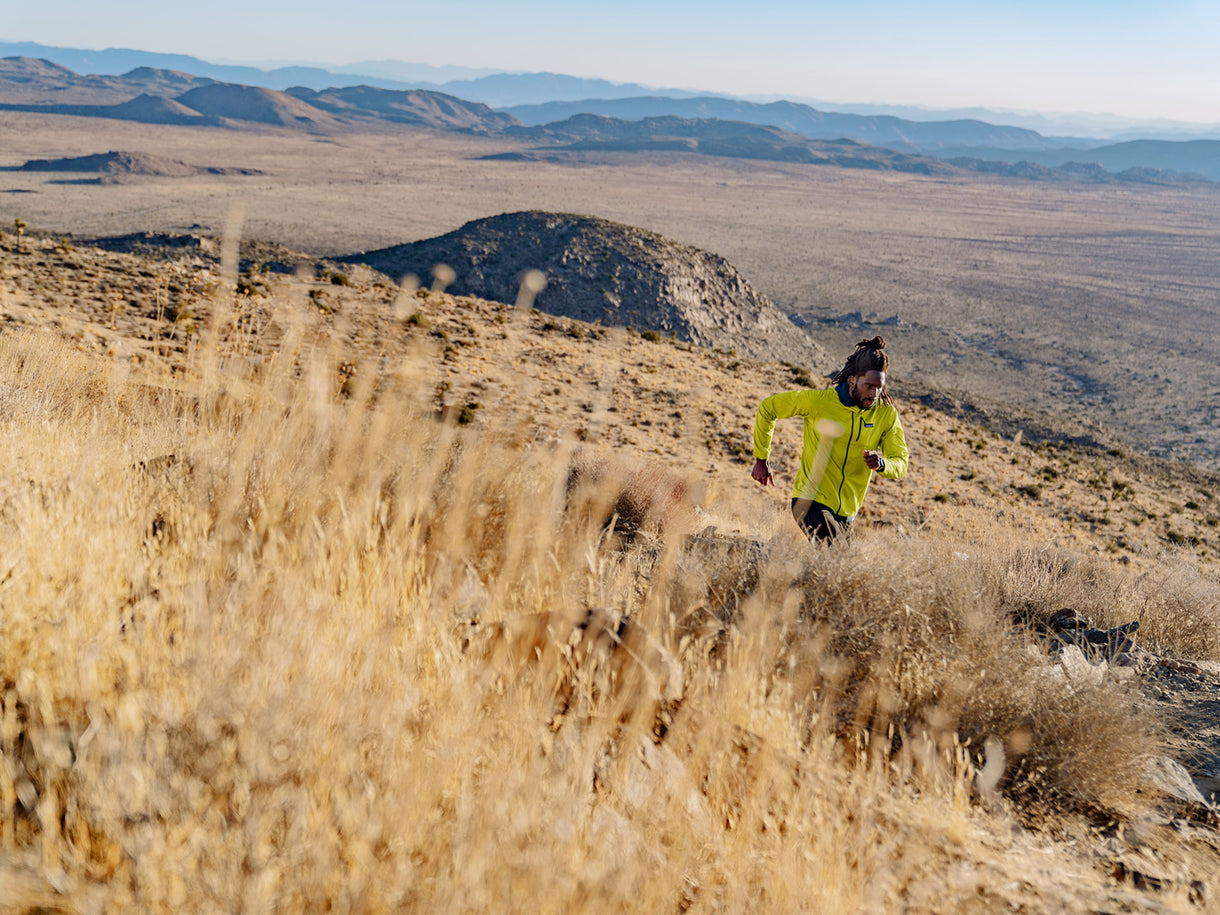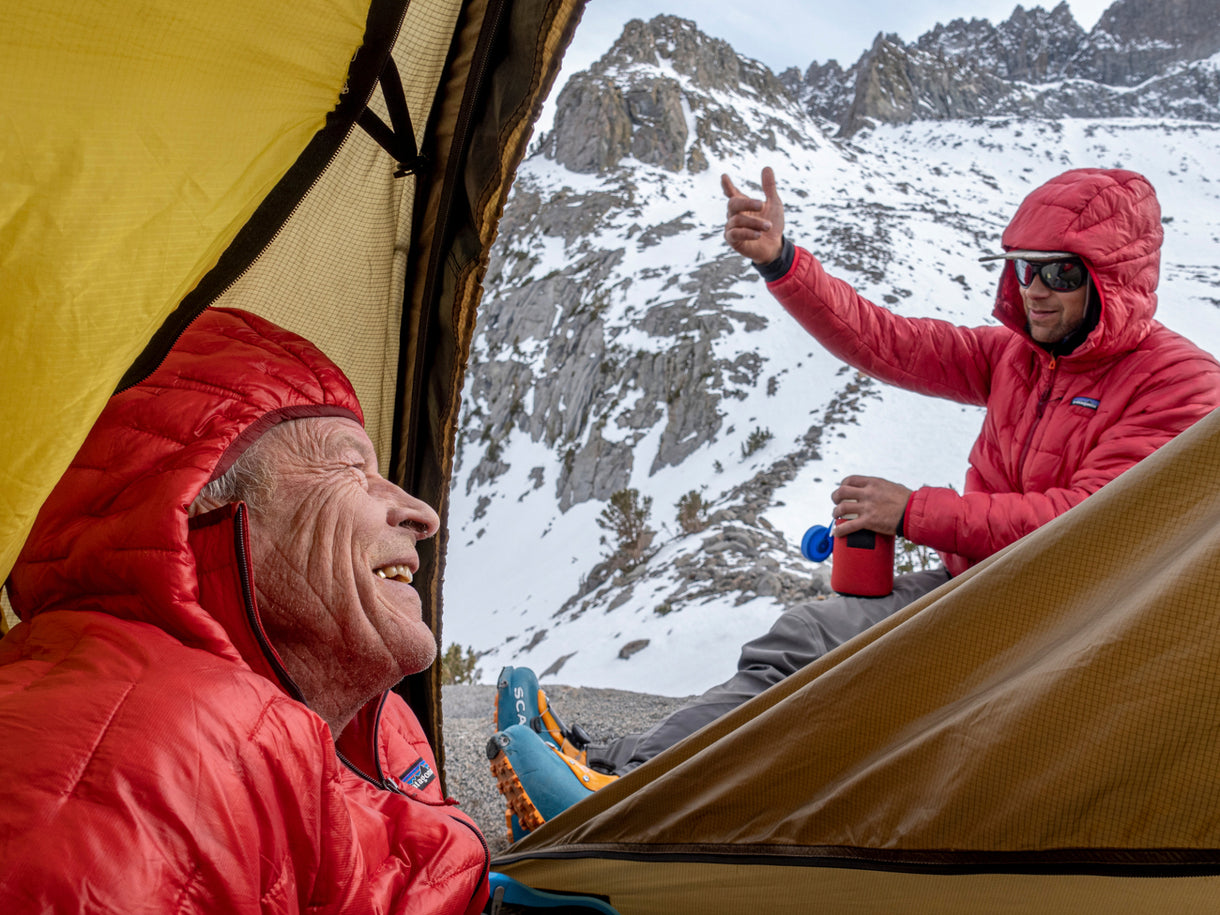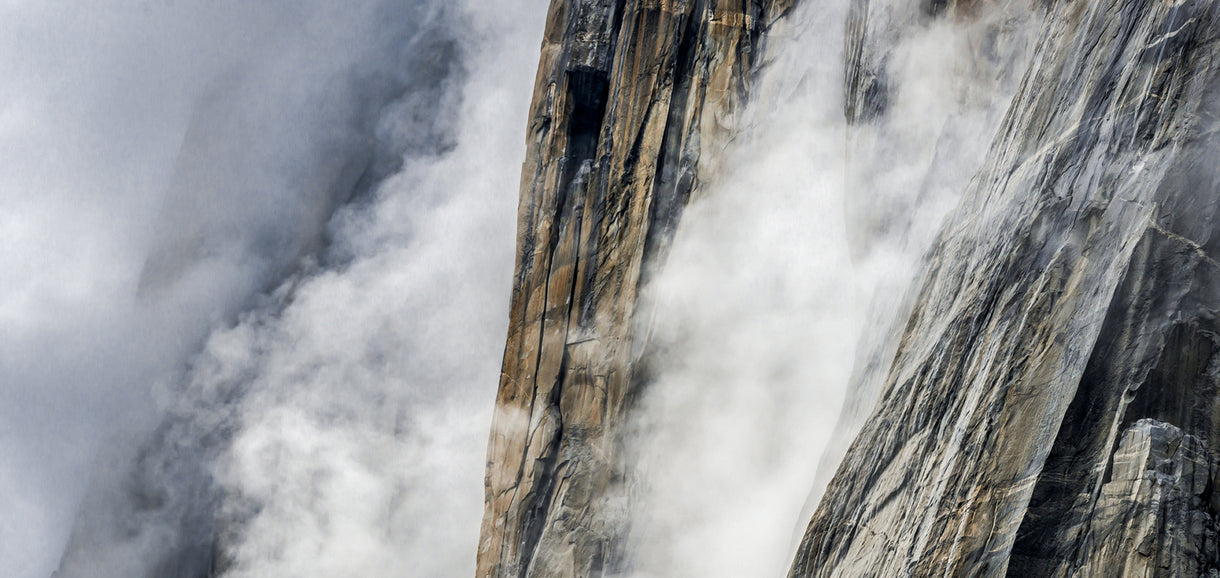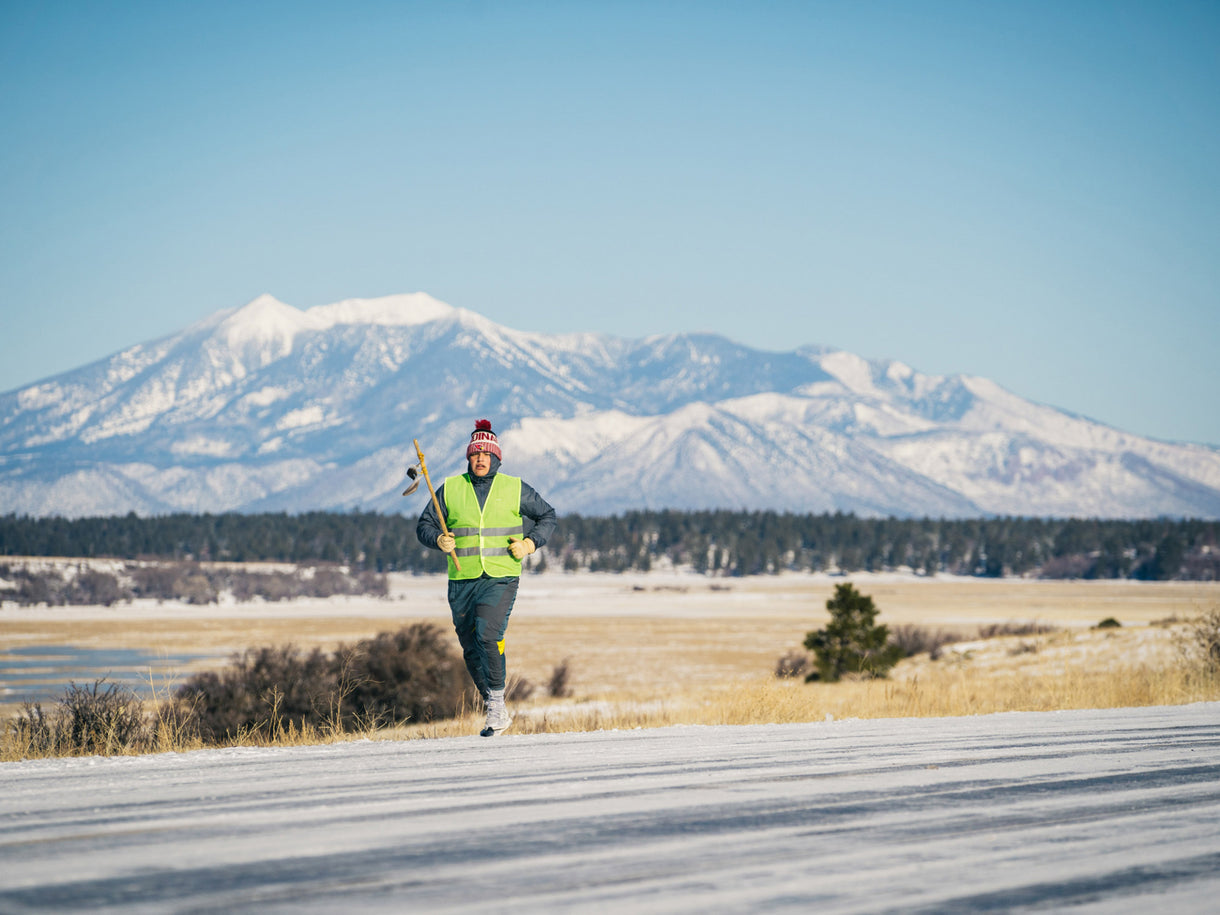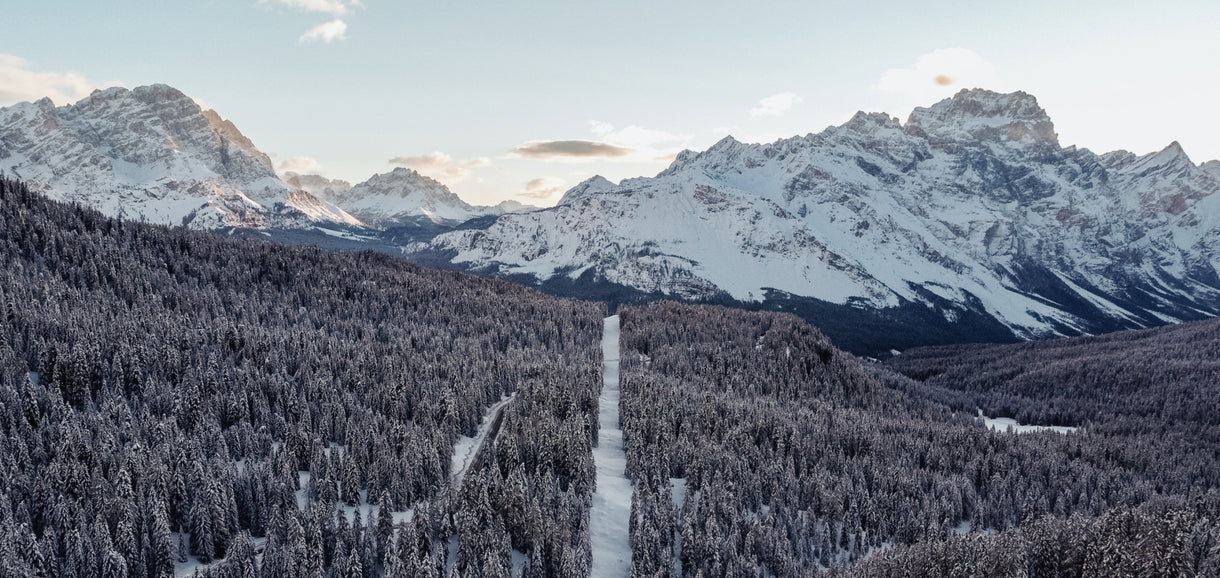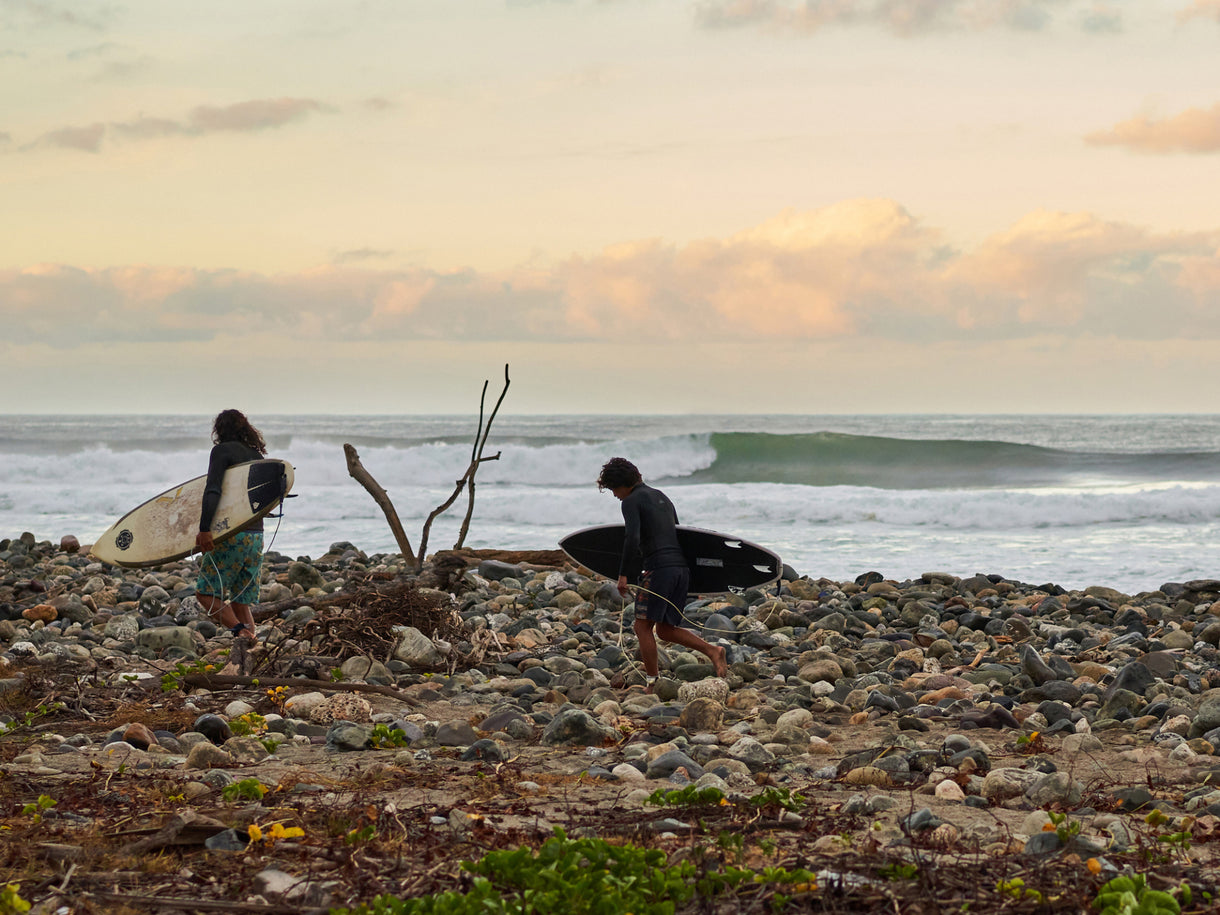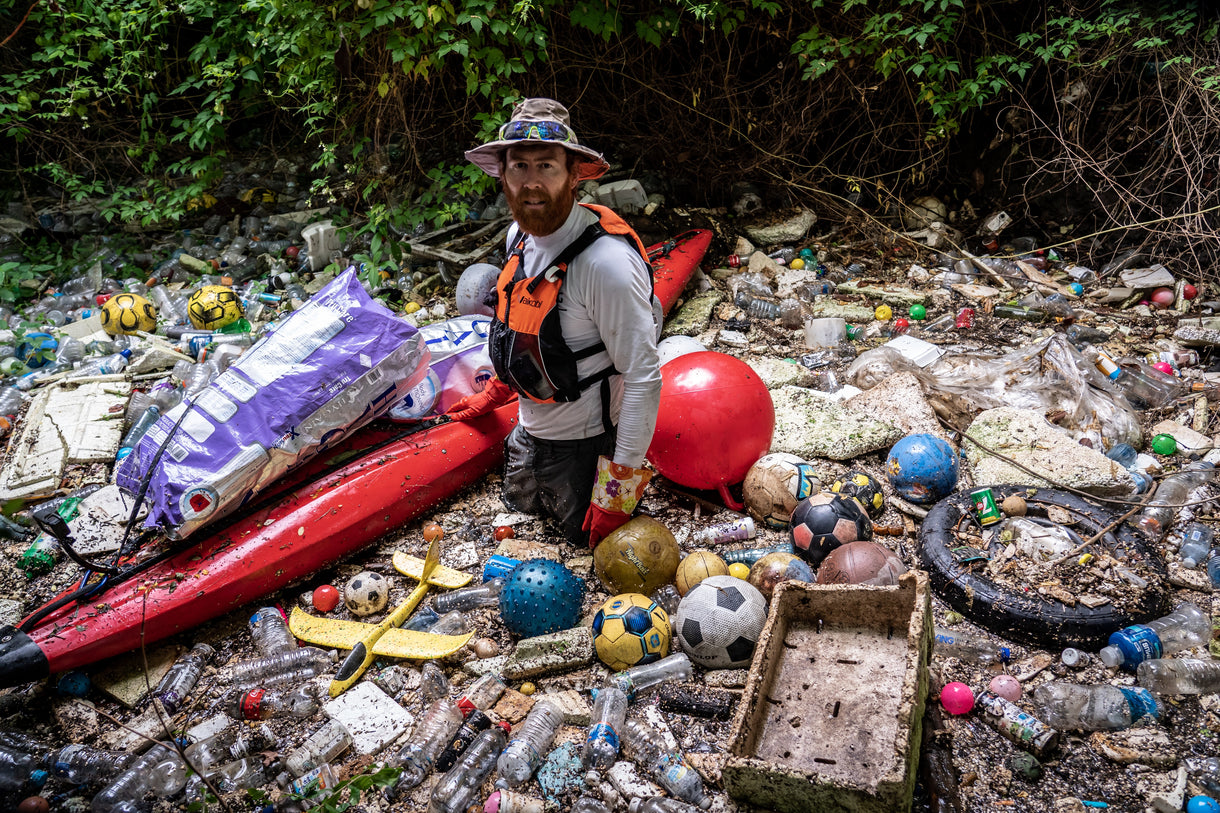No matter the decade, nor the town nor the reason, a film night pulls together the faithful in defiance of the old observation that getting surfers to turn up to anything is more or less like herding cats.
So we had a film night in our town. By some coincidence, the Saturday played host to a strong and growing sou-west swell and everyone in town, from the tourists on their G-Boards to the groms inside the bay to the older, grizzled heads round the reefs, everyone had a story to tell. They queued at the cinema with red eyes and hair in salt soufflés as the sun went down, the sound of overhead sets still echoing down the main street.
Inside, a small gang of diehards waited nervously to see if the seats would fill. They came from an unusual range of groups: the Wilderness Society, Sea Shepherd, the local council and the everyday surfing populace of the town.
The campaigners had gathered in our slightly dilapidated movie hall to talk urgently to us. Conservationists are frequently urgent about things, we thought. But even the cynics lowered their complimentary beers when someone described this as the largest environmental threat that’s ever faced southern Australia. 
The film they’d come to screen is Operation Jeedara, and it tells the story of the resources companies who have been trying to drill for oil in the Great Australian Bight, and the alliance of environmental groups who have been trying to stop them.
There have been exploration permits in place in the Bight since January 2011, put there with the express consent of the then Labor Federal government. BP and Chevron have recently pulled out, in implied recognition of the fact that drilling in the teeth of the Southern Ocean is a spectacularly risky thing to do. BP’s model involved having a floating rig with stabilisers on its legs to combat the giant swells – regularly up to 15m – and a drill that reaches down two kilometres to find the seafloor, and then as much as three or four more kilometres to reach the reserve. Imagine sitting on a roof on top of a fit ball and trying to sip from a swimming pool below using hundreds of linked drinking straws and you have an idea of the risk profile. Then imagine you have no way of stopping the liquid once it runs.
Interestingly, BP was in partnership with the third contender, Norway’s Statoil (who have since changed their name to Equinor). So their departure from the Bight in October 2016 was a blow for Equinor. But you wouldn’t get that impression from Equinor ’s website, which frames it more as a kind of promotion. “Equinor entered the Great Australian Bight as a partner with BP in four offshore exploration permits. In June 2017 Equinor became operator and 100% equity owner…” When asked to specify their timeline for the project, Equinor would only say, through spokesman Erik Haaland, that “We will take the necessary time to ensure safe operations and to satisfy all regulatory requirements. Under the work program we have committed to the Australian authorities, we will drill one well before the end of October 2019.”
BP was, of course, the operator of the ill-fated Deepwater Horizon rig that blew in the Gulf of Mexico in 2010. Eleven people died, alongside millions of marine animals. Four-point-nine million barrels of oil spilled into the Gulf over 87 days. The Bight is deeper, rougher and more remote than Deepwater Horizon’s Gulf of Mexico location. Woodside tried to drill exploration holes to 4000 metres in 2003 and had to flee the site when giant seas threatened their equipment. In pulling out of the Bight, BP did not explicitly say the riskiness of the project, nor the Fight For The Bight Alliance’s work, had put them off. They described the decision as “an outcome of our strategy and the relative competitiveness of this project in our portfolio.” Their press release also failed to mention that Australia’s industry regulator, NOPSEMA, had sent back their application to drill three times.
The two remaining exploration permits – EPP39 and EPP40 – from which Equinor intends to launch production, cover 12,000 square kilometres to the southwest of Ceduna. Their northern border is closer to Cactus than Adelaide is. They sit directly over the top of the Great Australian Bight Marine Park and various state and Commonwealth marine reserves. In conservation terms, they could not be more delicately positioned.
When BP, under significant public pressure, released their modelling of the likely effect of a spill, it showed that depending on the season, oil would cover all of South Australia and Victoria’s coast, and significant parts of New South Wales and Tasmania. In a perfect storm scenario, it could even reach New Zealand. The Wilderness Society’s own independent modelling looked conservative by comparison. Industries would end, permanently. Thousands, millions of animals would die. Entire species would become extinct. The coastline would be blackened and foul and unliveable. Surfing would be a distant memory. It would take decades to remove the muck, and most of that work would have to be done by the communities who were visited by this hellstorm.
The common corporate response to a disaster on the scale of the Gulf of Mexico would be to declare bankruptcy, pack up the schools education props and flee. That may or may not apply here, given that Equinor is two-thirds owned by the Norwegian government. But at the very least it’d be an ugly diplomatic stoush if they tried to walk away. “As part of the regulated planning process,” said Equinor’s Erik Haaland, “we must explain how we will respond to any environmental incident. We will not be permitted to drill without meeting these requirements.”
When asked directly how they can assure the public that a spill such as the Gulf of Mexico will not occur in the Bight, Equinor answered directly. “It is important to understand that the chance of a major oil spill is very low and we will not drill unless we believe we can do it safely. Safety is our first priority, so we have spent more than a year planning this well. Before we start drilling, we must satisfy both the regulators – who have strict requirements – and ourselves that we can drill safely. As the world’s leading deep water operator, we will draw on 40 years of experience successfully operating in other harsh offshore environments. We have done extensive research on the geology in the area and the metocean conditions, and found these are well within the range where we’ve safely operated before.”
It begs the question – BP has modelled a catastrophe and pulled out (albeit citing other reasons). Chevron are gone. But Equinor remains doggedly self-assured. “We can’t speak for others, but we are confident we can explore safely in the Bight. We are not the first operators in the area. There are also a number of other companies with licences in the Bight and more than 20 wells have already been drilled safely in the area.”
Does Equinor have their own, more reassuring models? “In our planning process, our focus is on ensuring we have the safety measures in place to prevent any spills. In the highly unlikely event there is a spill, our priority will be to stop and contain it before it reaches shore. We are also working with state agencies along the coast to make sure a good shoreline response plan is in place.”
So was it really the Alliance that spooked BP and Chevron?
This was what the film was all about. Next to the Stop Adani campaign, this would have to rank as one of the largest and most complex operations ever conducted in Australian conservation history. To find something comparable, you have to go back to the days of the Franklin dam. The Fight For The Bight Alliance obviously pulls together community groups and NGOs, but what really stands out when you watch Operation Jeedara is how effectively the campaign has harnessed Indigenous voices to the cause.
You can talk about science, about the 36 species of cetacean that make their homes in the Bight, the 85% of Bight species that are found nowhere else on earth. You can talk about emotion and about ideology. But it is another thing entirely to have Uncle Bunna Lawrie, frontman of the legendary band Coloured Stone, Mirning elder and Whale song man, explaining the ancient dreamings that incorporate the humpback whales of the Bight. Aboriginal people have tried to deliver such perspectives on environmental struggles in the past – most recently at James Price Point in the Kimberley, but here the Indigenous side of the argument is front and centre and delivered in the absolute expectation that it should stand alongside science as an irrefutable reason not to risk everything.
This is what stood out in the film – the proud face of Uncle Bunna perched above the gunwales of the Steve Irwin, the vessel that is estimated to have saved around 6000 whales from Japanese harpoons in the Antarctic. That face that said so much about accumulated wisdom and about the other possible ways of seeing the universe; juxtaposed with the heavy steel of the ship and the remorseless ocean.
Once the house lights were down and everyone had their mitts around a free beer, we were greeted by a short piece from Dave Rastovich, reminding us that community activism of exactly this sort had managed to kick unconventional gas out of the Northern Rivers, and then – his smile still intact – pointing out that the risk here is far greater.
The film, made by the Wilderness Society’s South Australia director Peter Owen, follows the ship on a voyage west from Melbourne in 2016, sailing through furious seas to visit the isolated islands that would be devastated by a drilling accident. As Bob Brown points out in his narration, most of these islands have names that Australians are unfamiliar with – the Nuyts Reef, the Isles of St Francis, Pearson Island. Others are iconic, such as Kangaroo Island, the Coorong and the whale Sanctuary at Head of Bight.
As the aerial footage showed waves smashing into the bases of the vertical Bunda cliffs, someone in the darkened cinema muttered, “How the hell are you going to clean up oil down there?” It’s the most practical of all objections to the drilling: if the oil winds up in the surf at the base of those sixty-metre cliffs, no amount of human effort is going to get it out.
A total of 11 South Australian coastal communities have now had their local councils pass motions condemning the drilling. In July this year Moyne Council, based in the tourist town of Port Fairy, became the first Victorian council to pass a statement of concern regarding the drilling. More are sure to follow. One only has to look at the ugly purple blob spreading westward out of the Bight in that BP animation, to see that everyone is implicated here.
Why would local councils involve themselves in this way? Because the industries that drive their communities and employ their young people are on the line. Wild fisheries and aquaculture combined are worth about $500 million per annum. Regional tourism contributes about $1.2 billion to the economy every year. No one is going to buy Port Lincoln tuna or take a picture of the Twelve Apostles when both are befouled by sticky black sludge.
It is hard to say what effect council resolutions have in Canberra, where the ultimate decision on drilling in the Bight will be made. The current Coalition government are avowed supporters of fossil fuel expansion, but with their wafer-thin majority and the looming Federal election, why risk an unnecessary crosswind such as this one? The oil reserve under the Bight, however, is believed to be huge. Equinor would only say, “We know that oil or gas is there, but we don’t yet know how much and whether it can be commercially produced.”
Adani, however dishonestly, have argued for a jobs outcome for their Queensland coalmine project, giving compliant politicians a lever. Equinor haven’t bothered. When asked what was in it for the locals, Equinor replied, “If we do find commercial quantities of oil or gas, it will provide jobs, economic growth and tax revenue. It could also reduce Australia’s reliance on imported oil.” Given what’s at stake, this is disappointingly vague. Were our politicians told something more precise? What is clear, however, is that both Adani and the Bight, on the back of strong grassroots resistance, have the potential to become huge political issues in an upcoming Federal election.
When the film had finished the speeches continued, all of them presented variations on the same idea: why would you want to risk everything – everything – in return for more or less nothing?
Oilrigs don’t create jobs. Foreign owned companies are under little obligation to leave a share of the profits on our shores, and recent experience has taught us that they’re pretty good at avoiding even the most basic compulsion to pay tax. The visual that kept recurring as we wandered out into the night was of those cliffs. It’s a simple matter of geography. Our continent ends abruptly at those cliffs. Then there is a huge expanse of violent ocean, and then there is Antarctica. Three horizontal bands across the southern half of the planet: desert, ocean and ice. What the hell does an oil company want with being out there, and why on earth would we let them?

Big Oil does not belong in the Great Australia Bight.
